Exploring the Meaning and Beauty of Sacred Geometry Tattoos
Sacred geometry tattoos have recently gained popularity for their striking designs and deep symbolism. Derived from mathematical principles and found in everything from nature to ancient architecture, sacred geometry represents the underlying order and harmony of the universe. This article will delve into sacred geometry tattoos and explore their meaning, history, and aesthetics.
What is Sacred Geometry?
Sacred geometry is an ancient system of symbolic and geometric patterns believed to hold spiritual or mystical significance. Sacred geometry tattoos are a popular form of body art used for centuries in various cultures worldwide. Today, sacred geometry has become a popular tattoo design theme, with many people choosing to incorporate these intricate and meaningful patterns into their body art.
So, what is a sacred geometry tattoo, exactly? In essence, it’s a tattoo design incorporating one or more geometric shapes or patterns with symbolic meaning or spiritual significance. The shapes and patterns used in sacred geometry tattoos include circles, triangles, squares, hexagons, pentagons, and spirals.
History of Sacred Geometry Tattoos
Sacred geometry tattoos have a rich history that spans thousands of years and multiple cultures. These intricate and meaningful patterns are based on geometric shapes and patterns that have symbolic significance and spiritual meaning. Today, sacred geometry tattoos are a popular form of body art, but their origins can be traced back to ancient civilizations worldwide.
Ancient Egyptian art and architecture showcase some of the earliest examples of sacred geometry, incorporating principles like the golden ratio and geometric shapes such as the square and triangle into their designs. The Egyptians used geometric patterns and shapes, such as circles and triangles, to represent various gods and goddesses. These symbols were often incorporated into their temples, pyramids, and other monumental structures to connect with the divine.
The Greeks significantly contributed to the development of sacred geometry by exploring the relationship between shapes, numbers, and the cosmos. This led to the creation of the famous platonic solids, still used today in sacred geometry and spiritual practices.
Mandalas are a popular form of sacred geometry in Hindu and Buddhist traditions. These circular, symmetrical designs are used in meditation and spiritual practice to help focus the mind and connect with the divine. Mandalas are often depicted in art and architecture, and they have become a popular design element in modern sacred geometry tattoos.
Native American cultures also have a rich tradition of using geometric shapes and patterns in their art and spiritual practices. The Navajo tribe, for example, uses a sacred symbol known as the “Whirling Log,” which represents the cyclical nature of life and the universe. This symbol has been incorporated into many modern sacred geometry tattoos to connect with Native American spiritual traditions.
Today, sacred geometry tattoos have become a popular form of body art, with many people choosing to incorporate these intricate and meaningful patterns into their tattoos. Some popular designs include mandalas, the Flower of Life, Metatron’s Cube, and the Seed of Life.
Popular Sacred Geometry Tattoo Designs
There are many designs and variations of sacred geometry tattoos, each with unique meanings and symbolism. Some popular designs include the Flower of Life, Metatron’s Cube, the Seed of Life, and the Sri Yantra. These designs often feature intricate geometric patterns and shapes and can be adapted to suit the individual’contributed significantlye symbolism of Sacred Geometry Tattoos.
Sacred geometry tattoos are a popular form of body art used for centuries in various cultures worldwide. These intricate designs are based on geometric shapes and patterns that have spiritual and symbolic significance. Understanding the meanings behind the shapes can help you choose a geometry tattoo design that resonates with your personal beliefs and values.
One of the most common shapes in sacred geometry tattoos is the circle. The circle represents unity, wholeness, and infinity. The sacred geometry symbolizes the divine and the interconnectedness of everything in the universe. It is believed to represent the underlying order and structure of the cosmos. The Flower of Life, for example, is a sacred geometry tattoo design based on a series of overlapping circles, representing the interconnectedness of all living things.
Triangles are another common shape found in sacred geometry tattoos.
This shape is often associated with feminine energy and represents the womb or the divine feminine. Yet another variation is the triangle with a circle inside, often used to represent the union of opposites or the interplay between masculine and feminine energies. This shape is also associated with the concept of the Trinity, with the circle representing unity or the divine. The Star of David is another sacred symbol often found in sacred geometry tattoos. It represents the unity between God and humanity and the balance between masculine and feminine energies.
In addition to their symbolic meanings, triangles can be incorporated into intricate designs and patterns for visually stunning tattoos. The possibilities for creating a unique and meaningful sacred geometry triangle tattoo are endless, from simple minimalist designs to more elaborate mandalas and labyrinths.
Overall, triangles are a popular and versatile shape in sacred geometry tattoos. Whether looking for a simple, meaningful design or a more intricate and detailed piece, a triangle tattoo can symbolize balance, harmony, and spiritual connection.
The spiral is also a common shape found in sacred geometry tattoos.Spirals have been used as symbols for centuries in various cultures and traditions and have since become a popular tattoo design. Spiral tattoos can represent a variety of meanings, from the cyclical nature of life and the universe to the journey of personal growth and transformation. The spiral is a powerful symbol representing growth, evolution, and expansion. The Fibonacci spiral, for example, is a sacred geometry tattoo design based on the Fibonacci sequence, a mathematical pattern found in nature that represents growth and expansion.
The hexagon is another shape that is commonly found in sacred geometry tattoos. It represents balance, harmony, and stability. The Seed of Life, for example, is a tattoo design based on a hexagonal pattern of circles. It represents the fundamental patterns of the universe and the cycle of creation.
The square is another shape that is commonly used in sacred geometry tattoos. It represents stability, foundation, and structure. The Cube of Metatron, for example, is a sacred geometry tattoo design based on a cube with intricate geometric patterns, representing the balance between the physical and spiritual realms.
In addition to carefully designing these sacred geometry patterns into tattoos, you can also transform these profound and powerful sacred geometry elements into another unique and practical form – Custom Iron On Patches.
Choosing a Sacred Geometry Tattoo
When choosing a tattoo, it’s important to consider the symbolism and meaning behind the design. Finding a skilled and experienced tattoo artist who can create your desired design is as important as choosing a tattoo model. Additionally, you can look at different tattoo models to determine what you like and ask for portfolios from the tattoo artists you have identified.
Caring for Your Tattoo
Like any tattoo, caring for your sacred geometry tattoo is essential to ensure that it heals properly and looks its best. This includes following proper aftercare instructions, such as keeping the tattoo clean and dry, avoiding sun exposure, and applying a high-quality tattoo aftercare product. It is also crucial to avoid scratching or picking at the tattoo, which can damage it and extend the healing time.
Conclusion
Sacred geometry tattoos are a beautiful and meaningful way to connect with the universe and express your spiritual beliefs. Whether you choose a simple geometric shape or a complex design, your sacred geometry tattoo can be a powerful reminder of all things’ interconnectedness and the universe’s underlying order. Before getting a tattoo, you need to think carefully and choose your tattoo carefully. That’s why we’ve put together a list of 50 different designs. We hope you enjoy it.

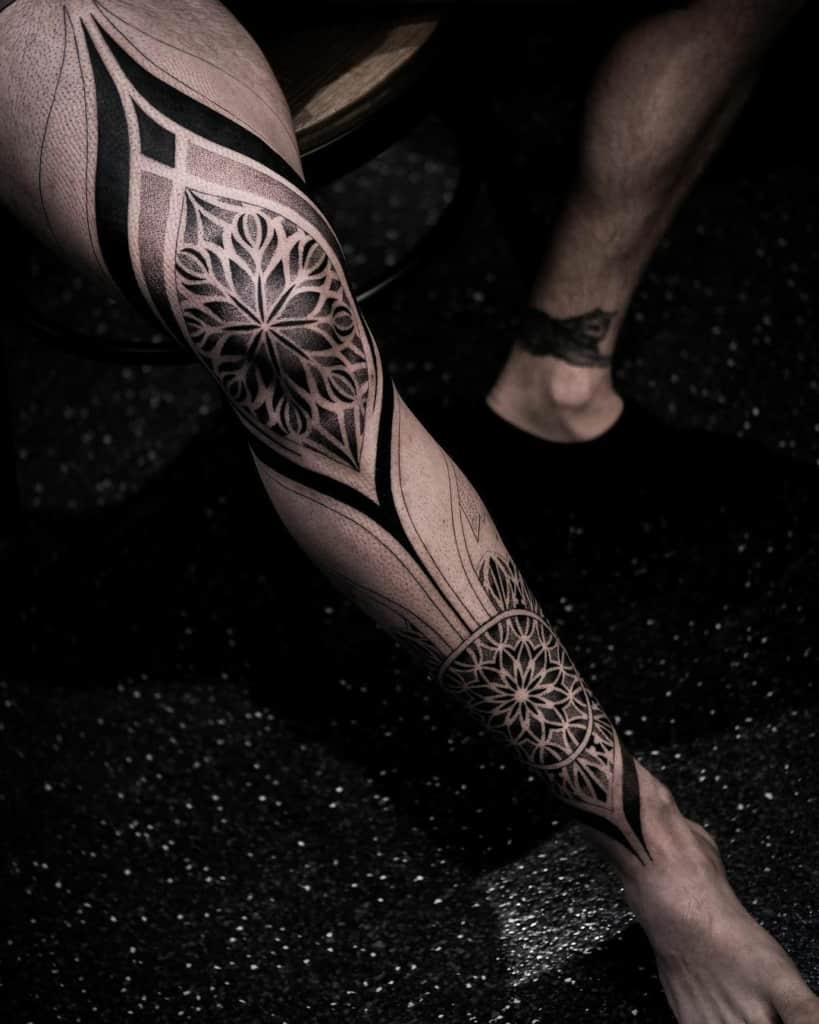

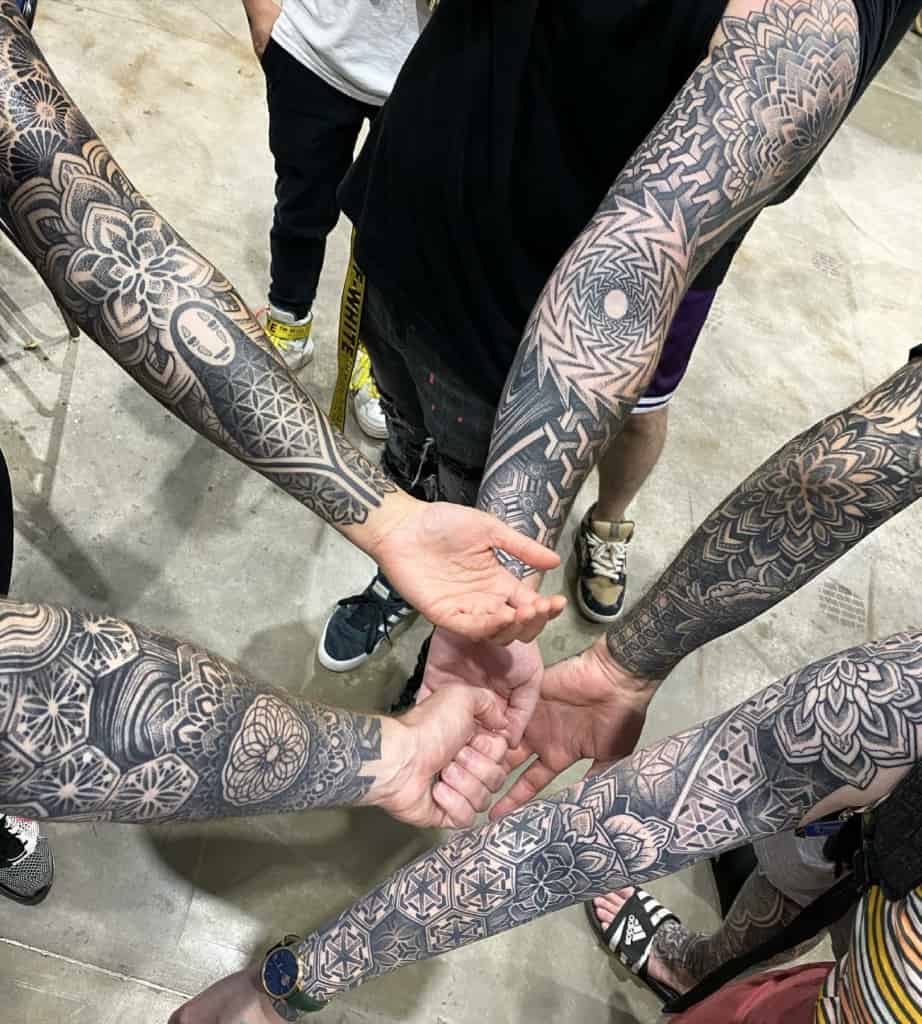
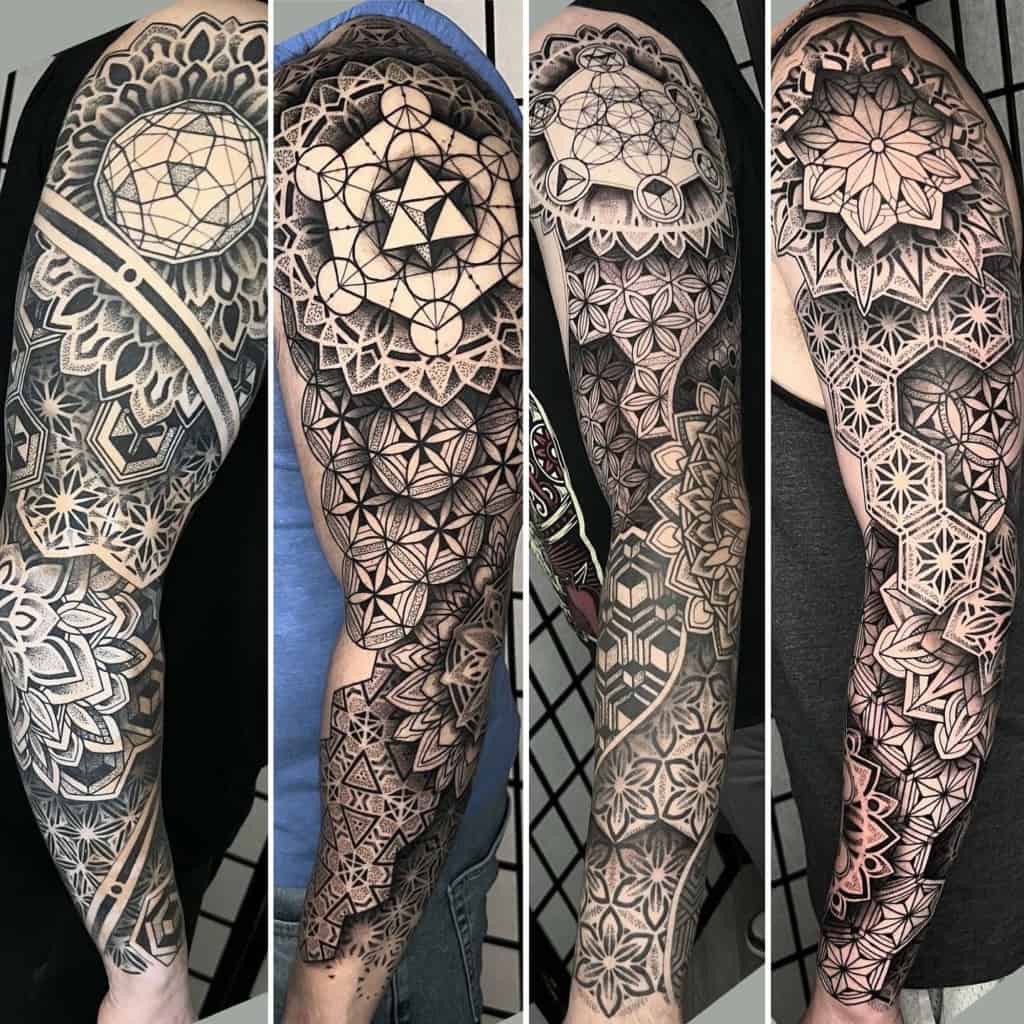
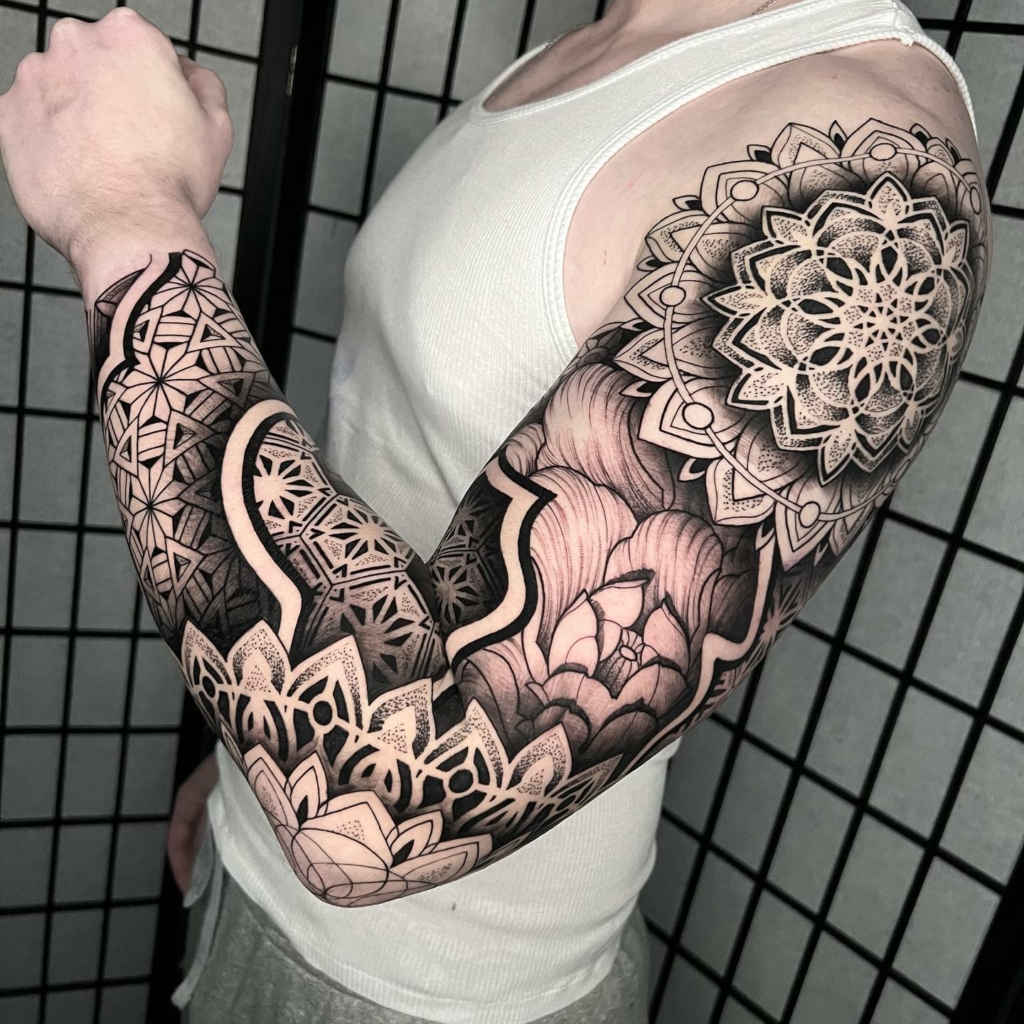
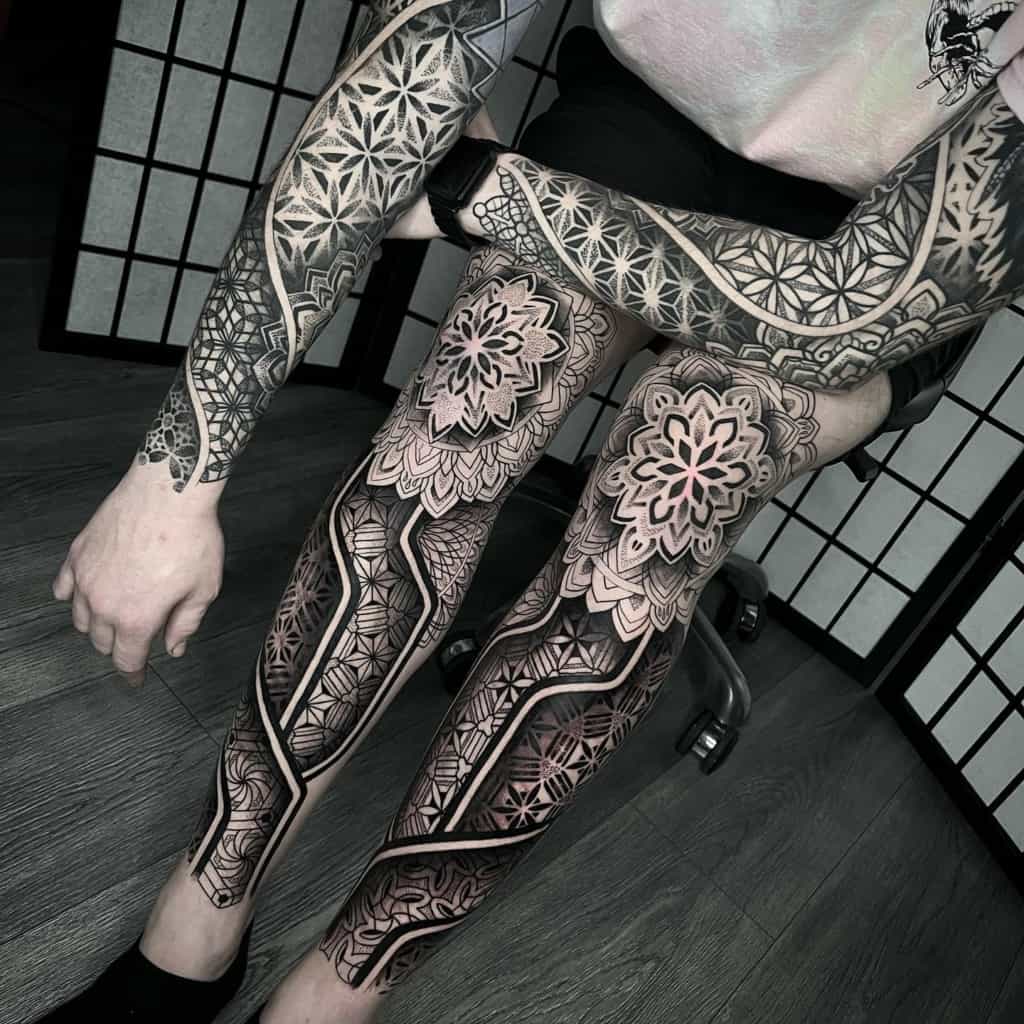
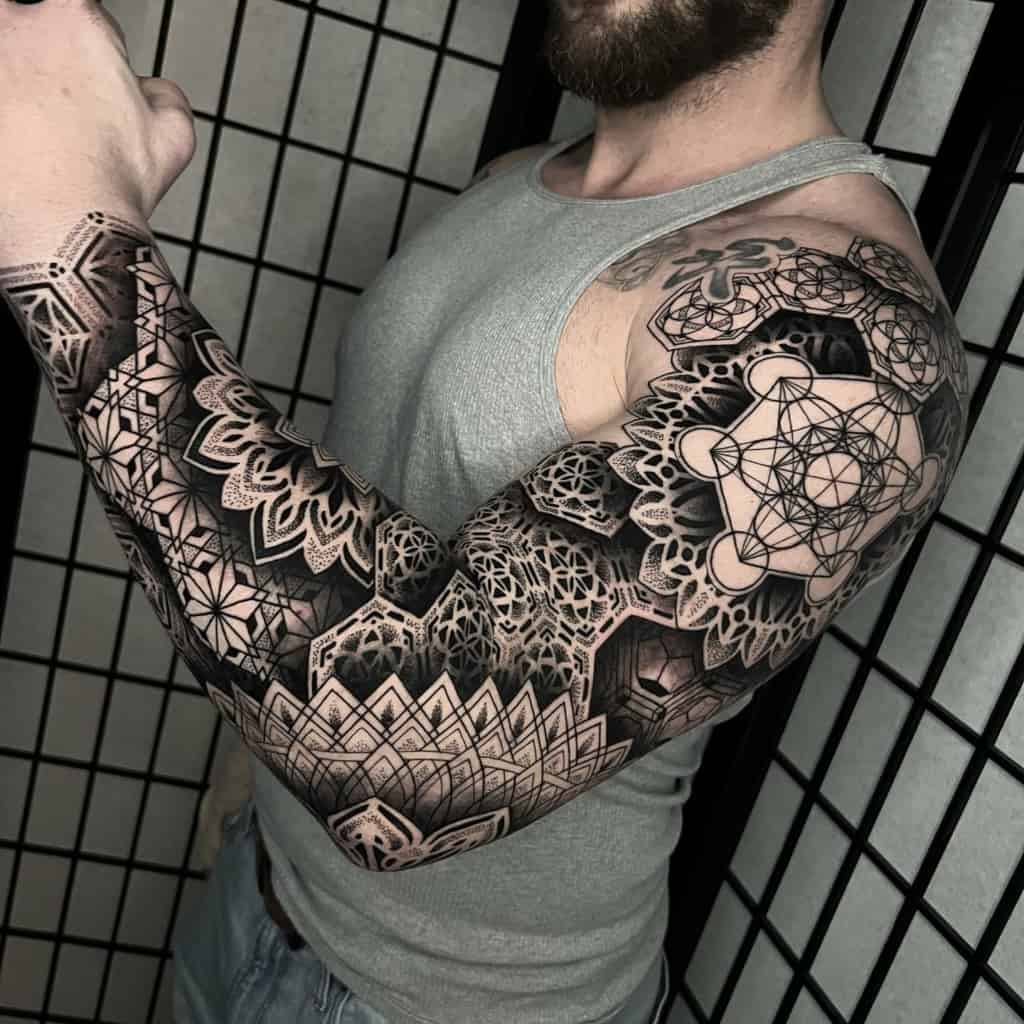
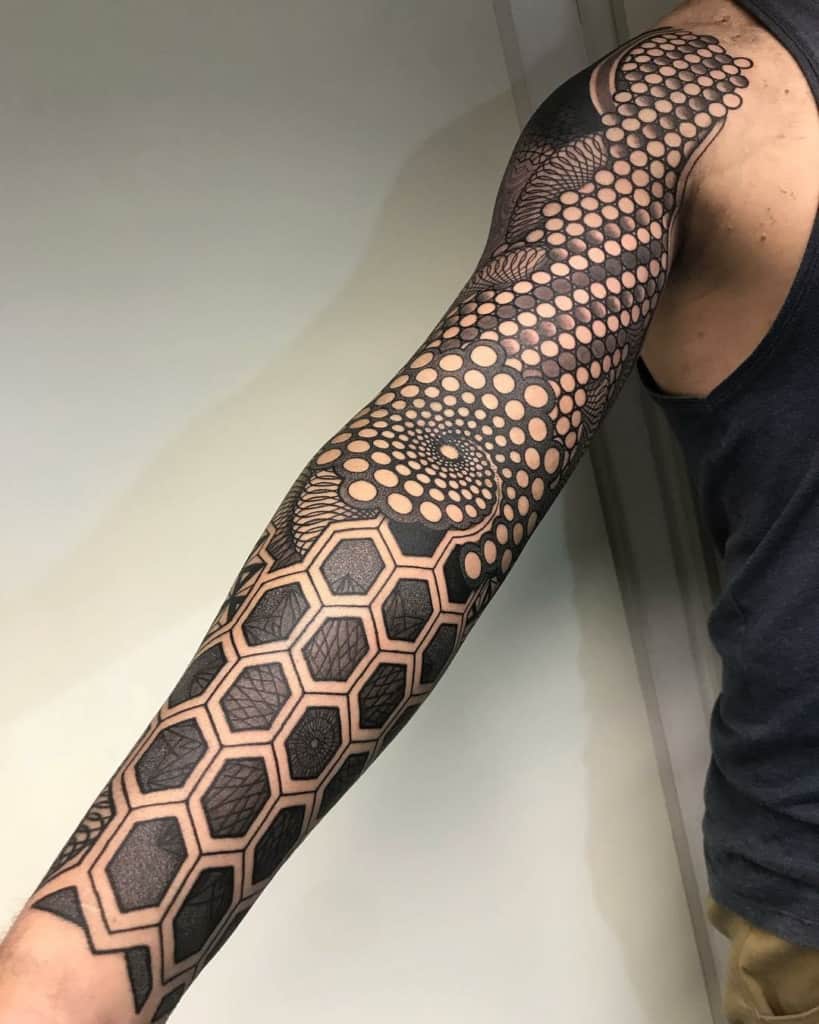
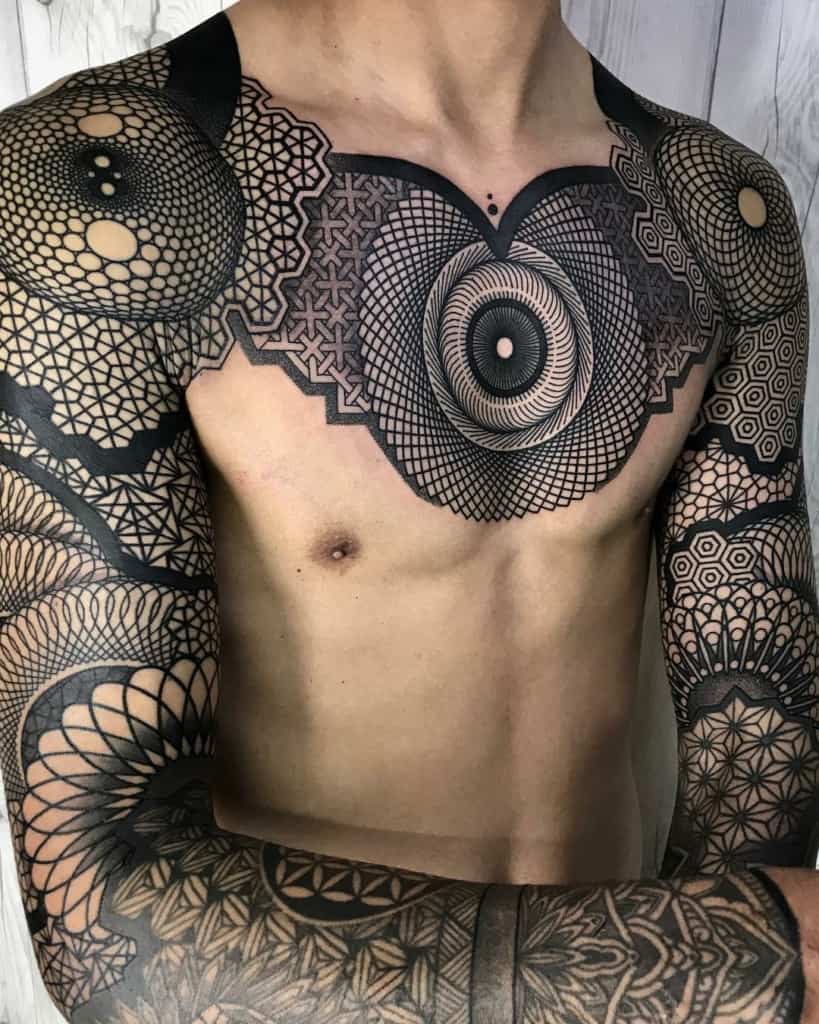
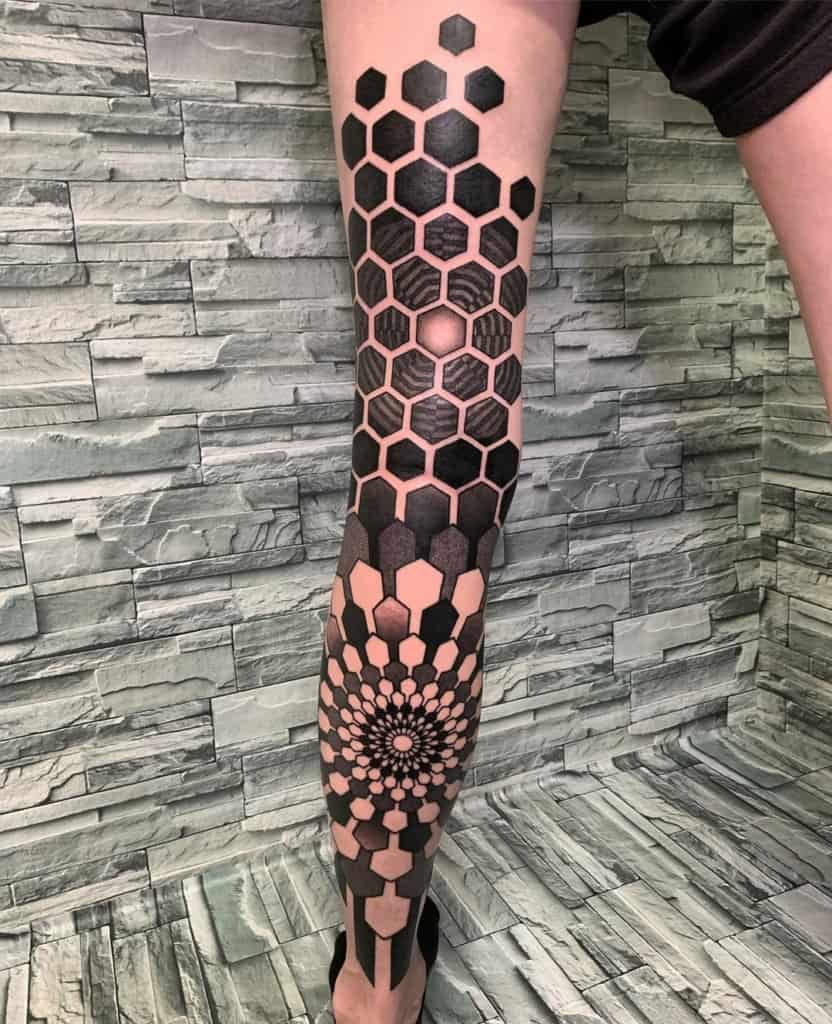

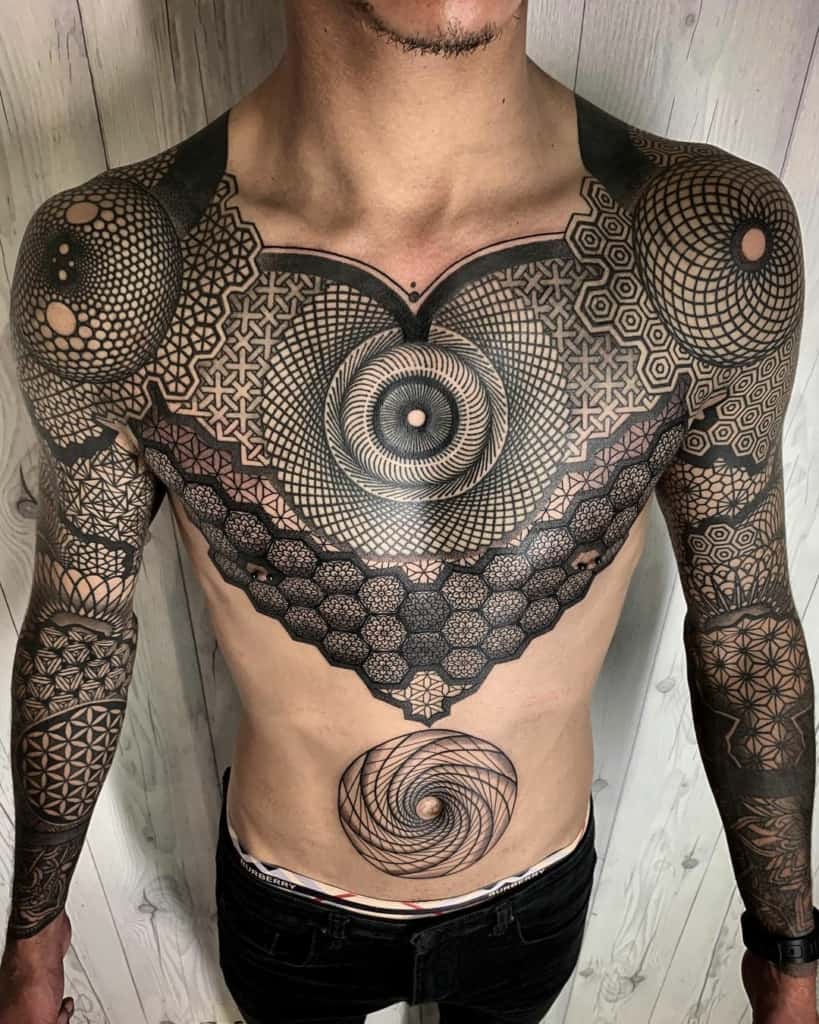
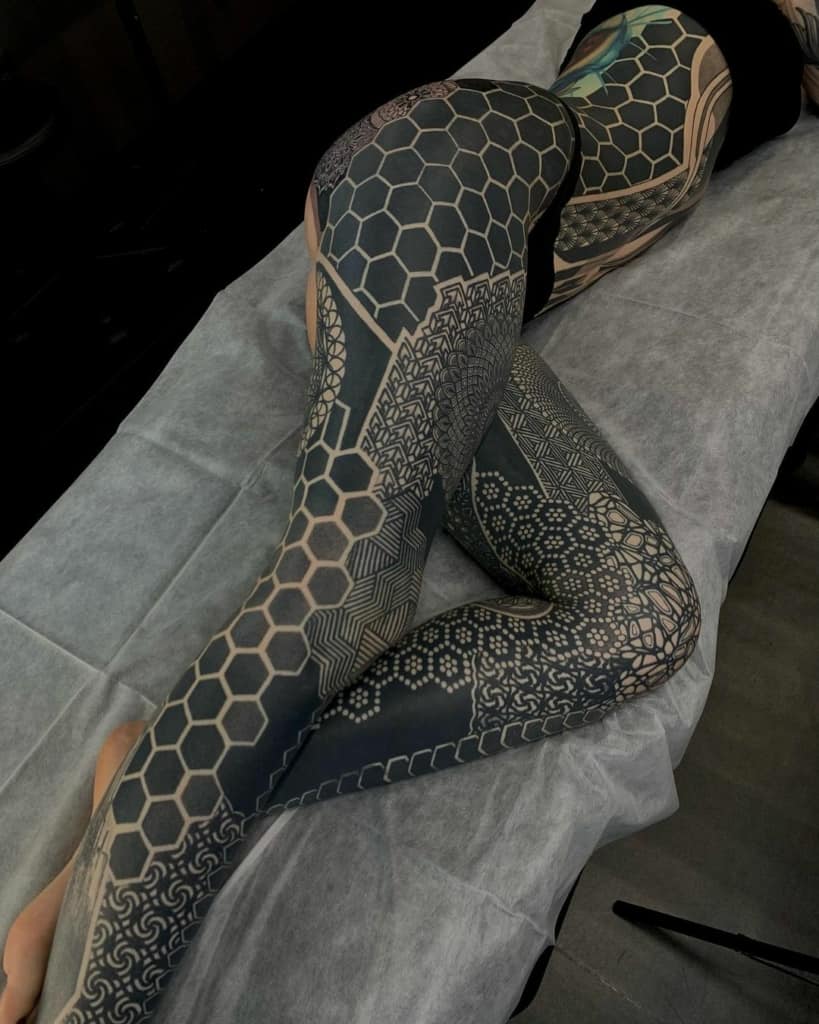
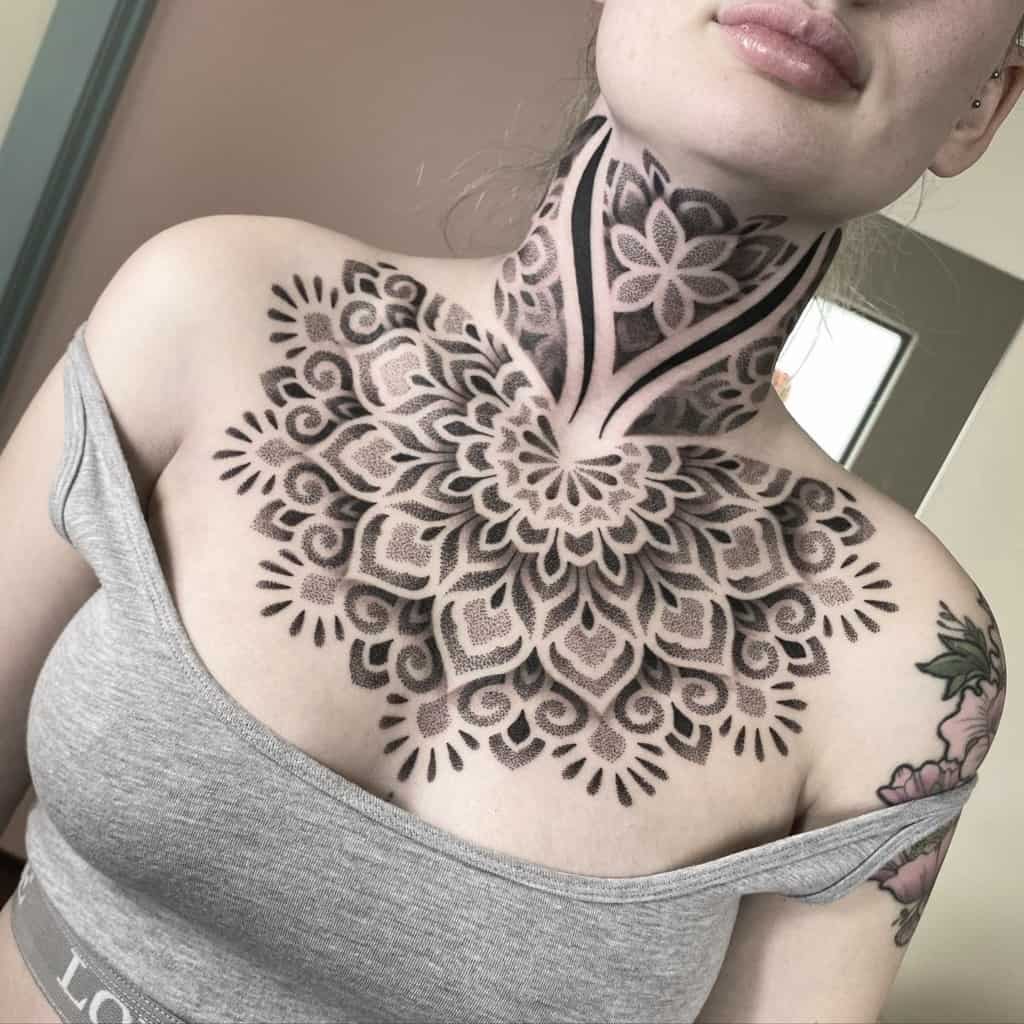

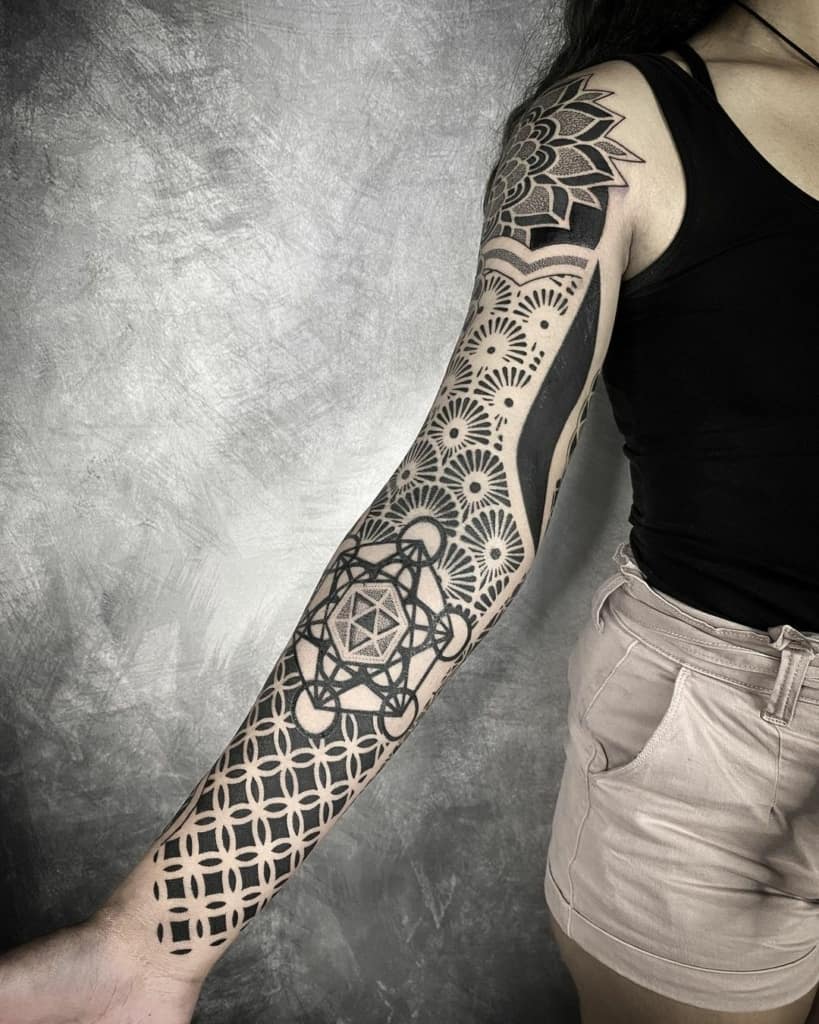
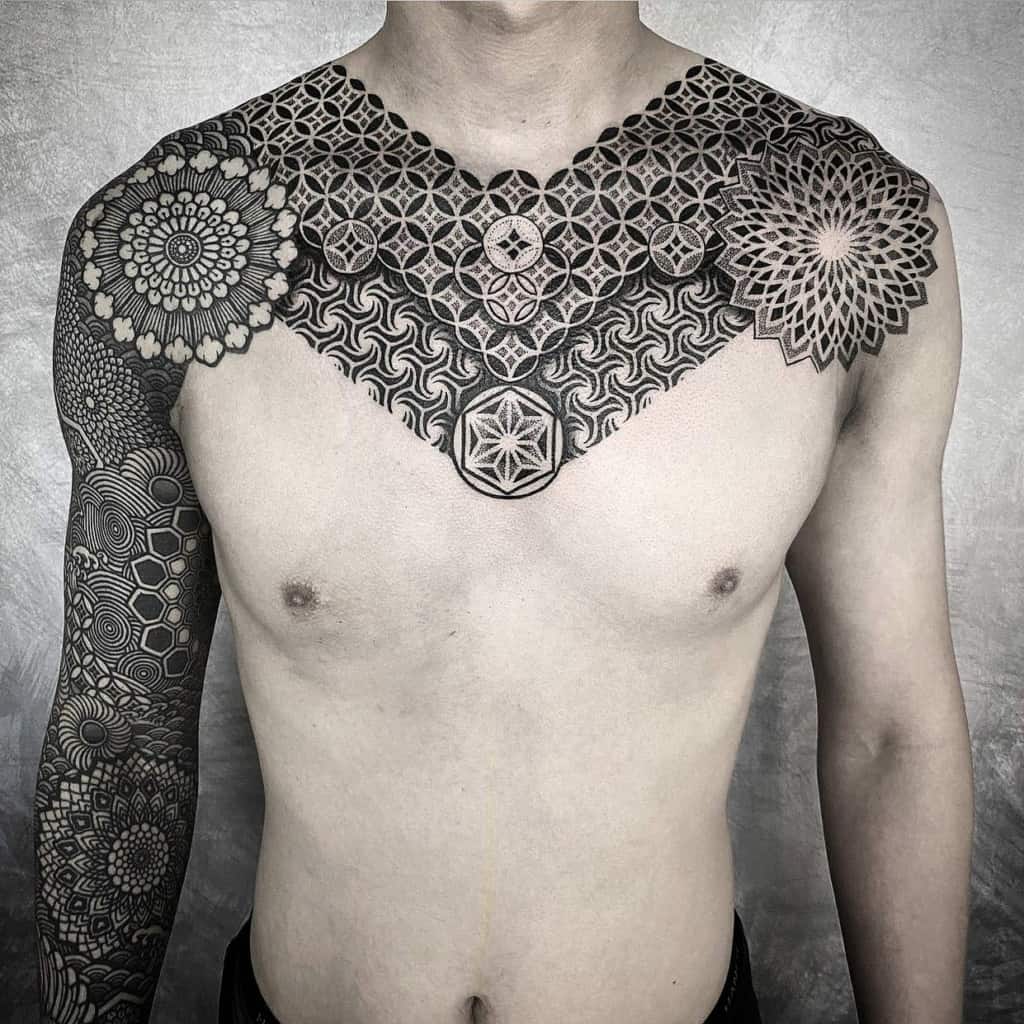
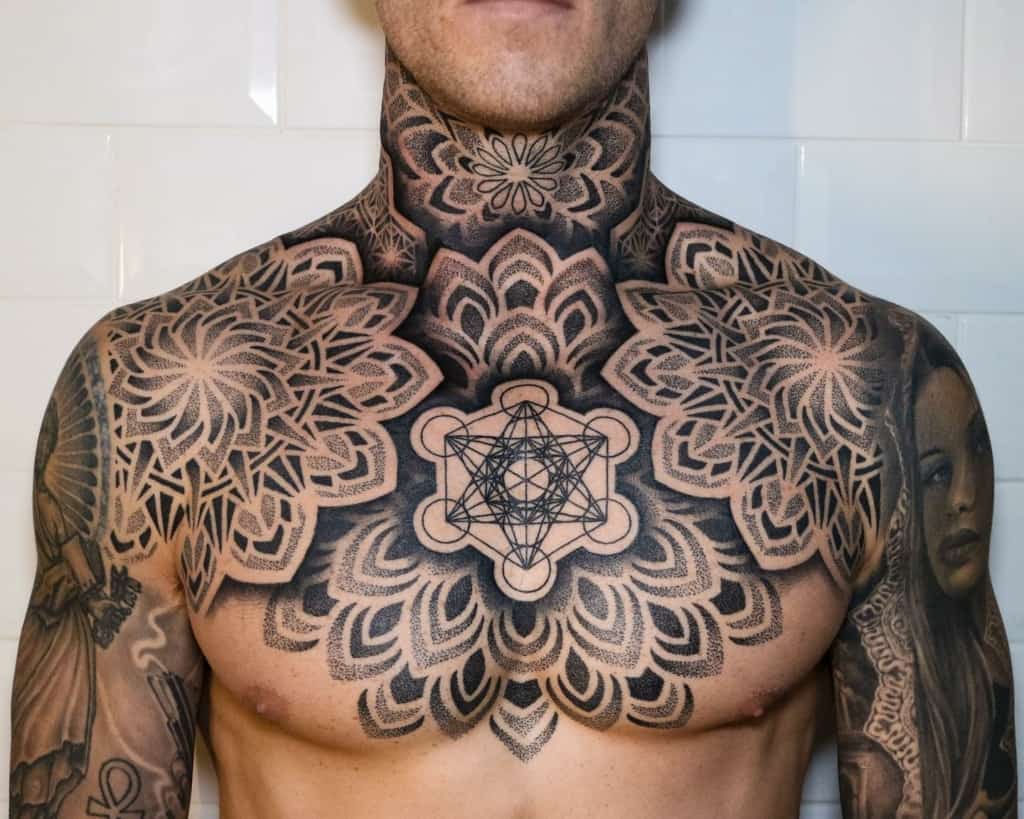
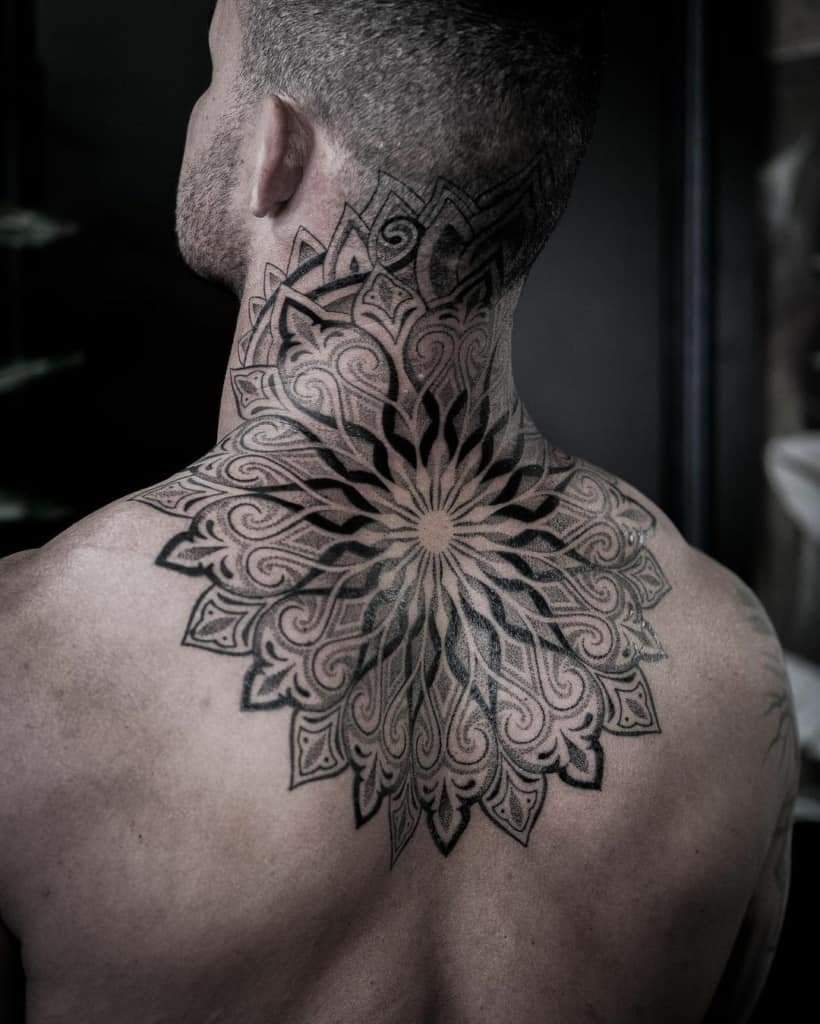
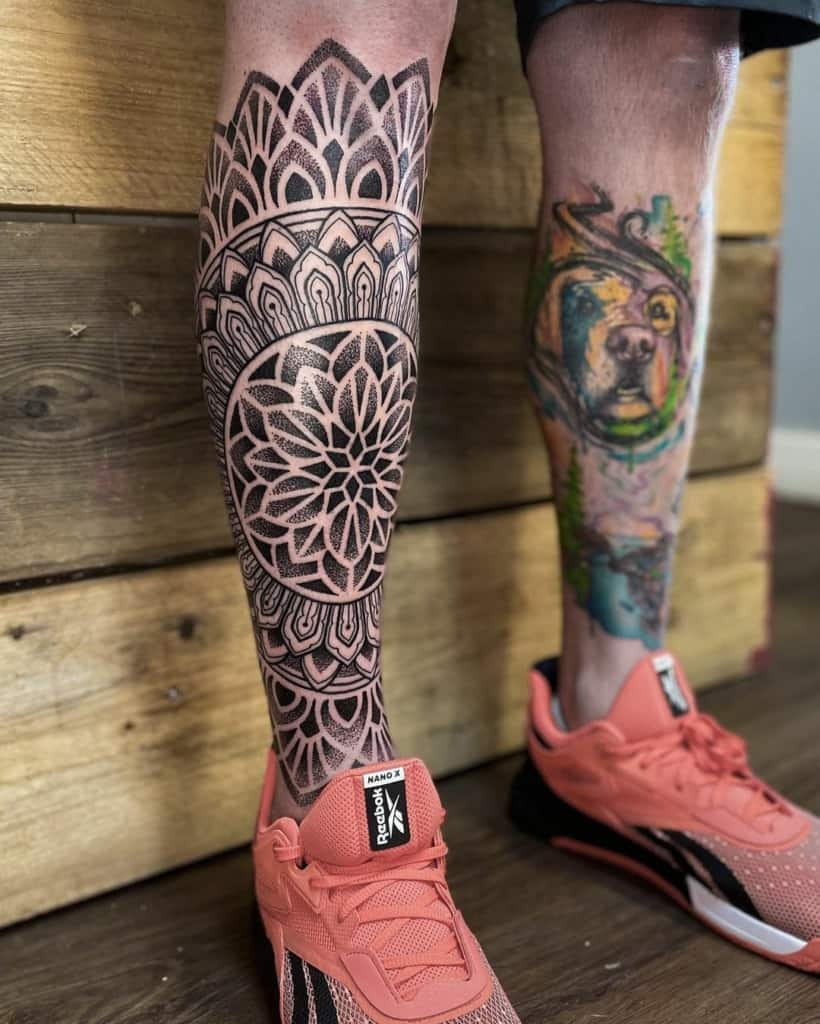
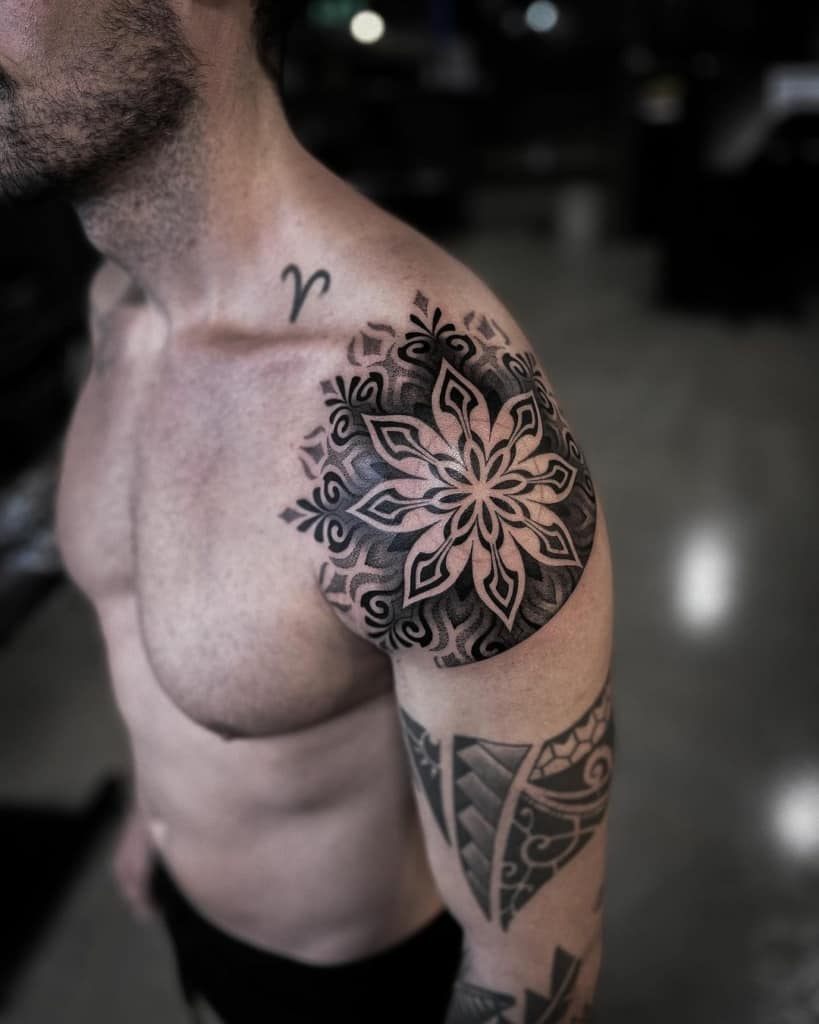


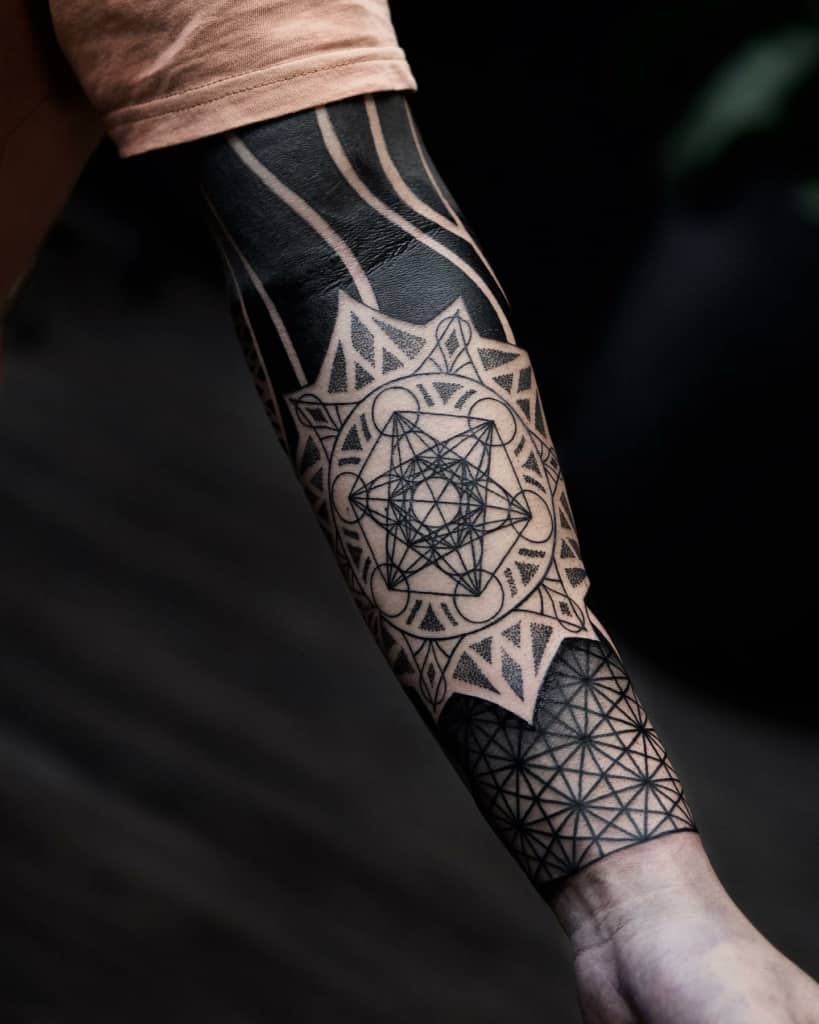
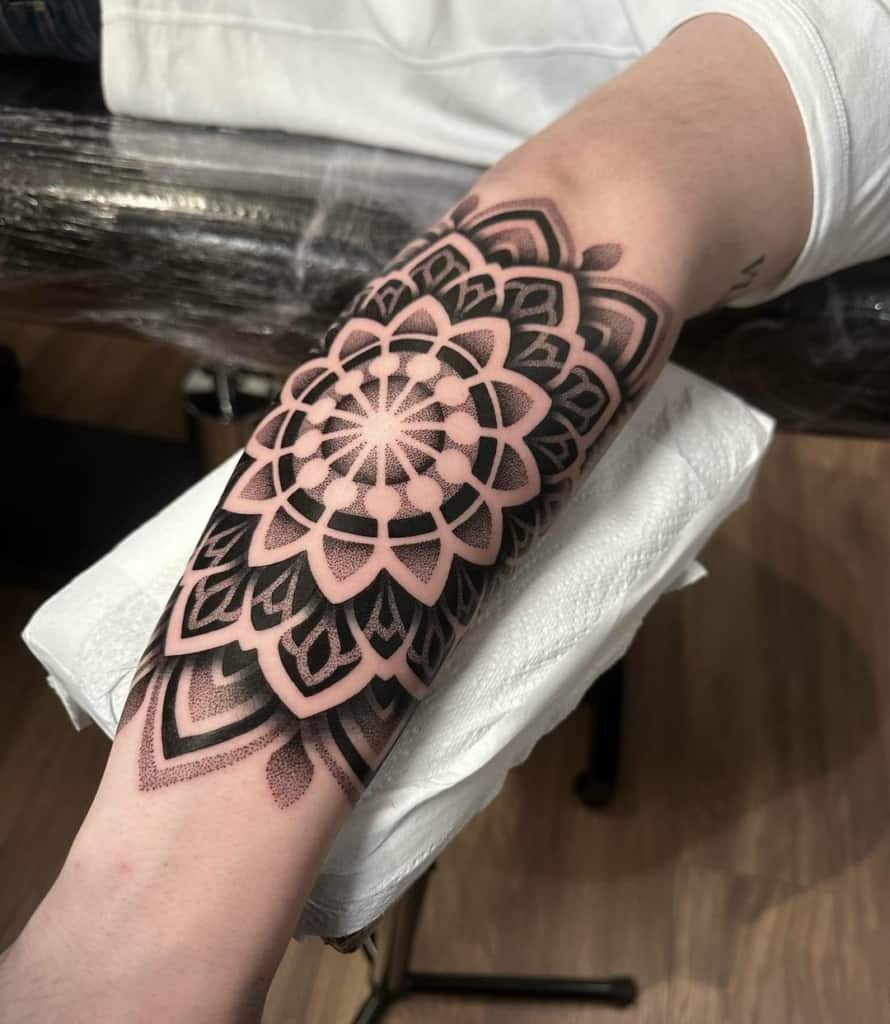
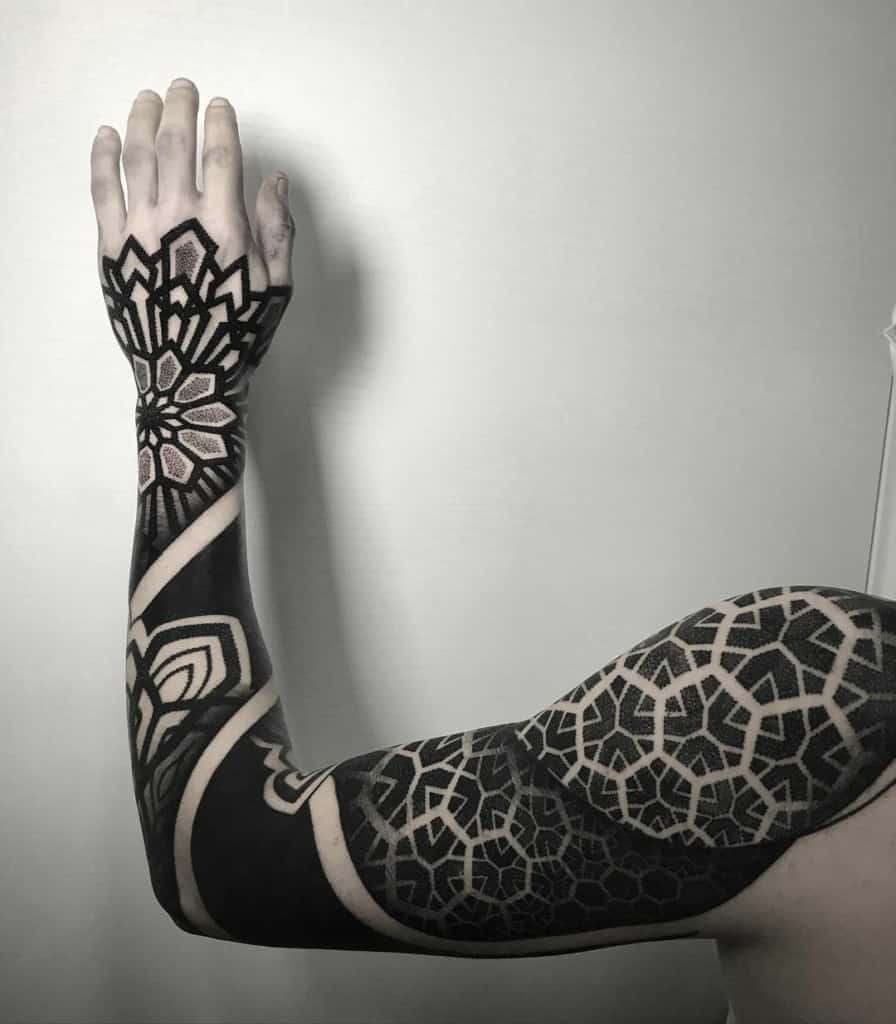
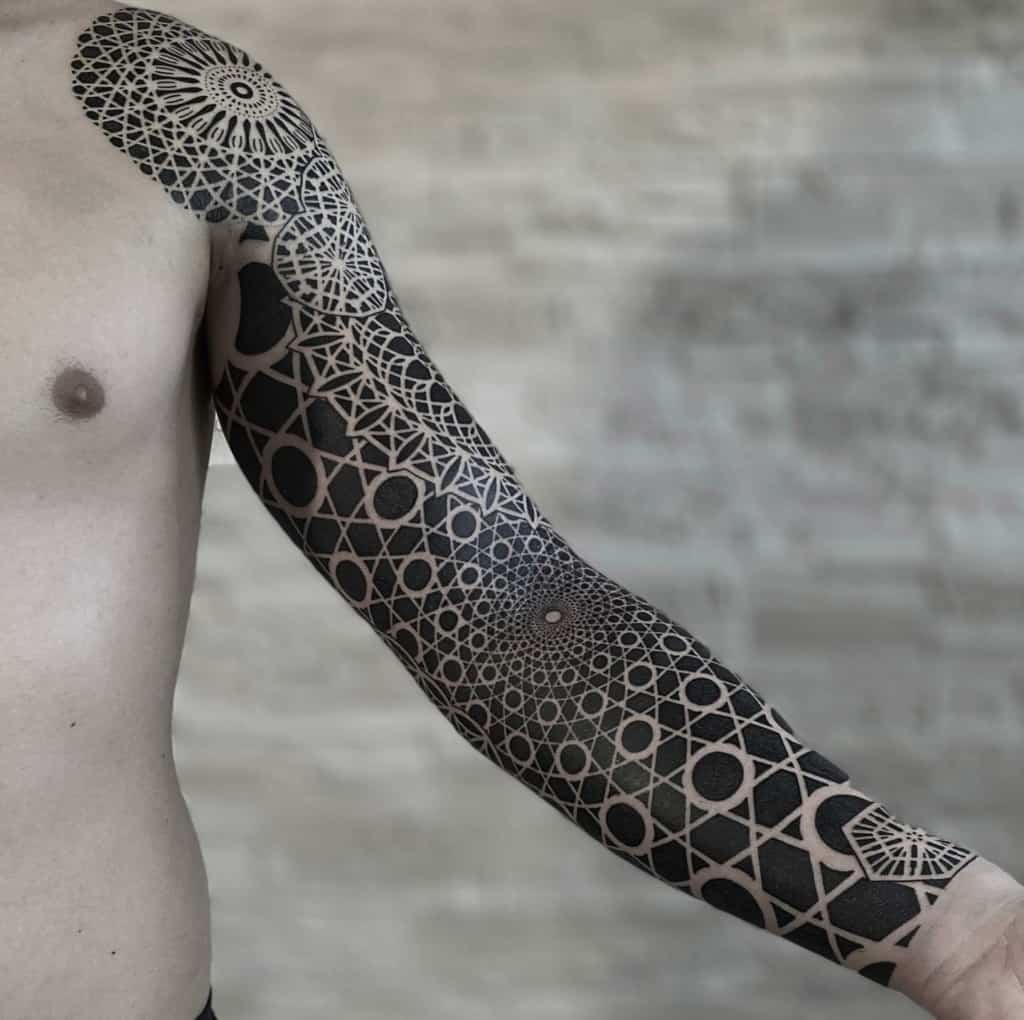
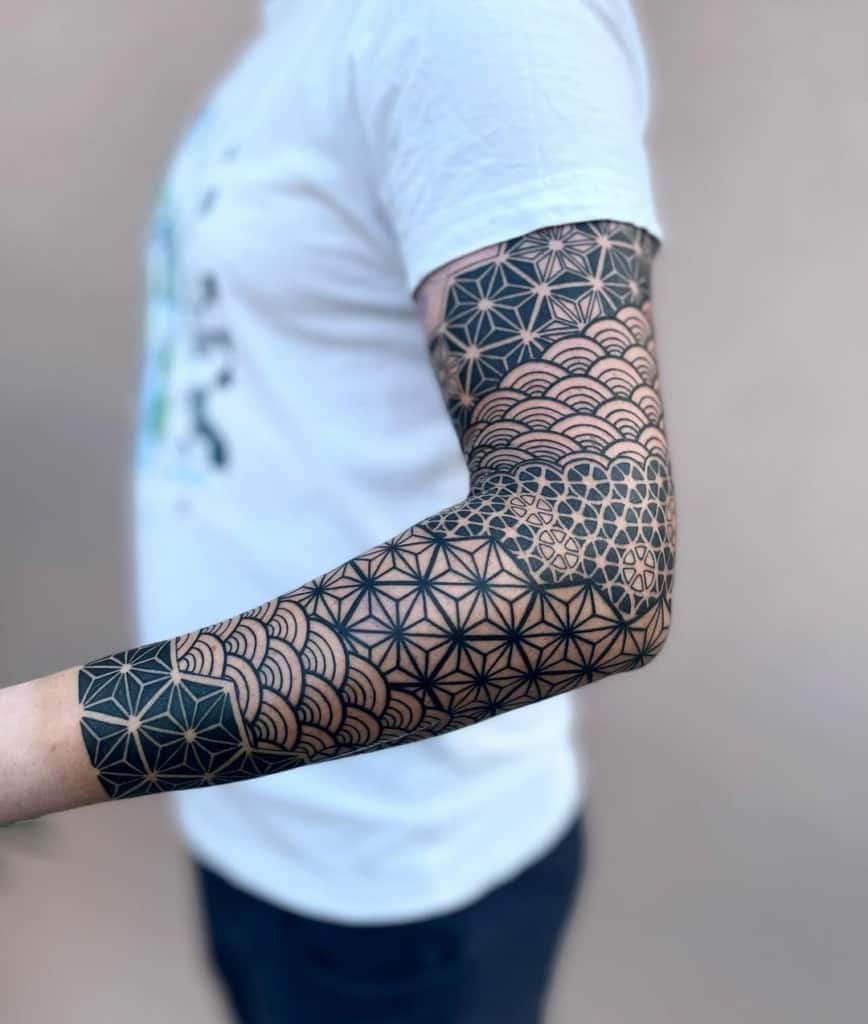
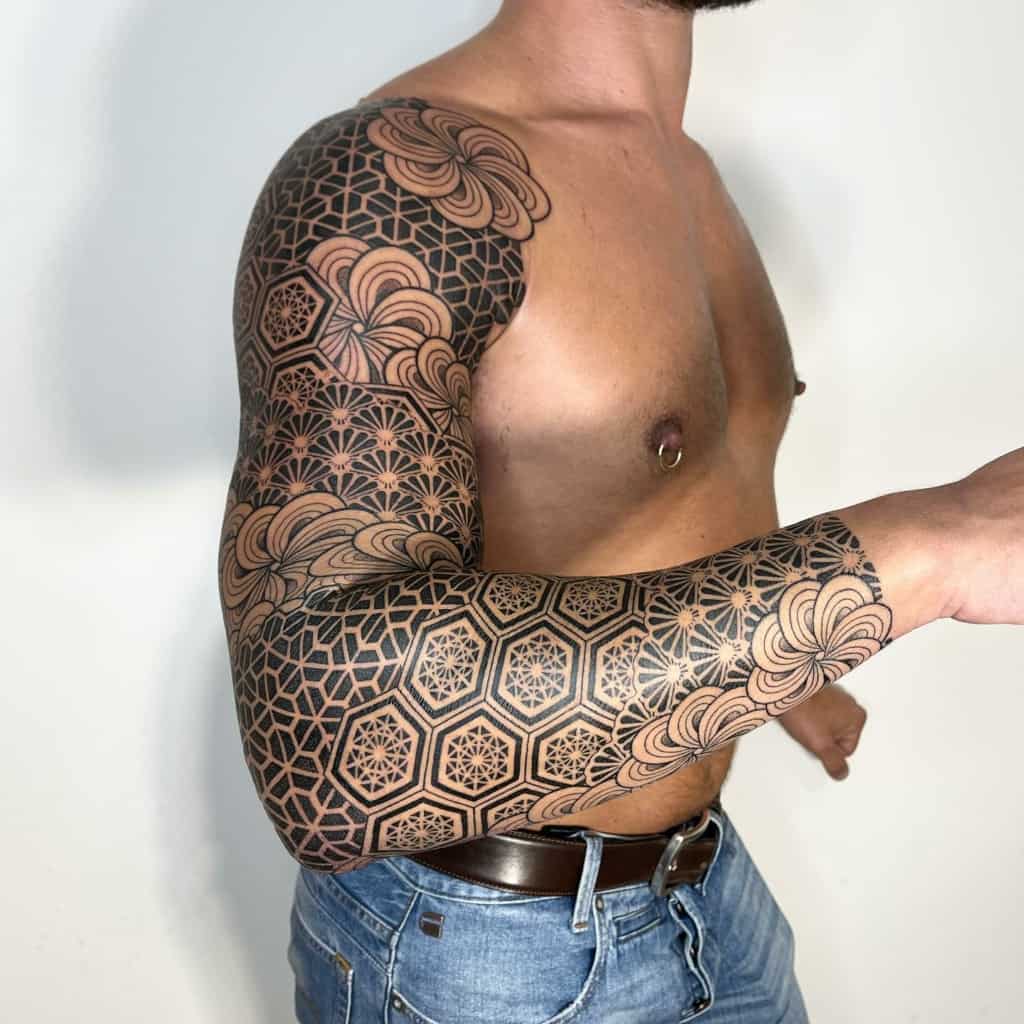
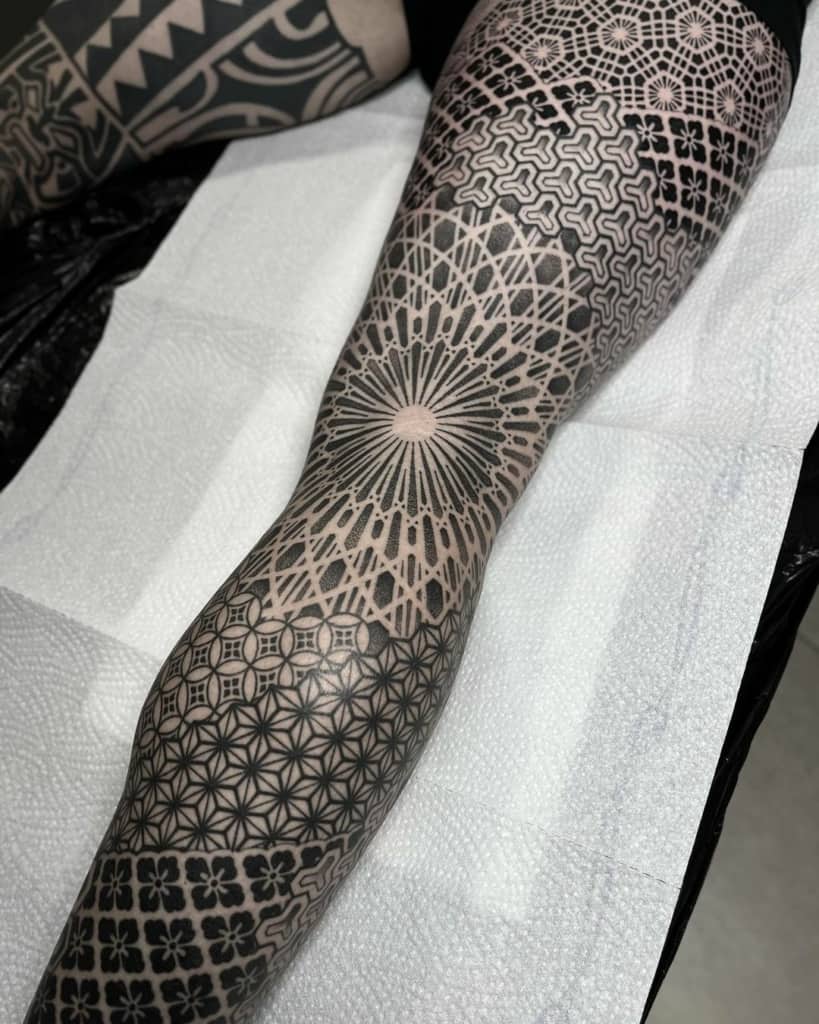
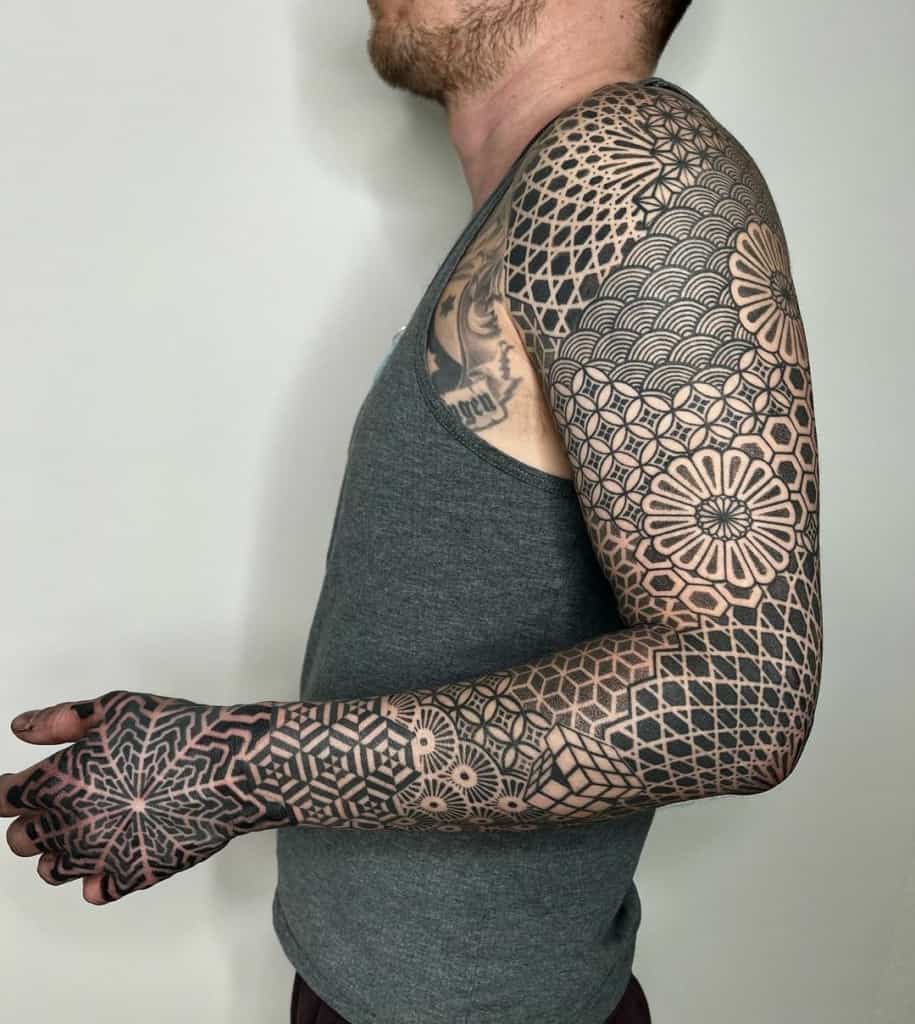
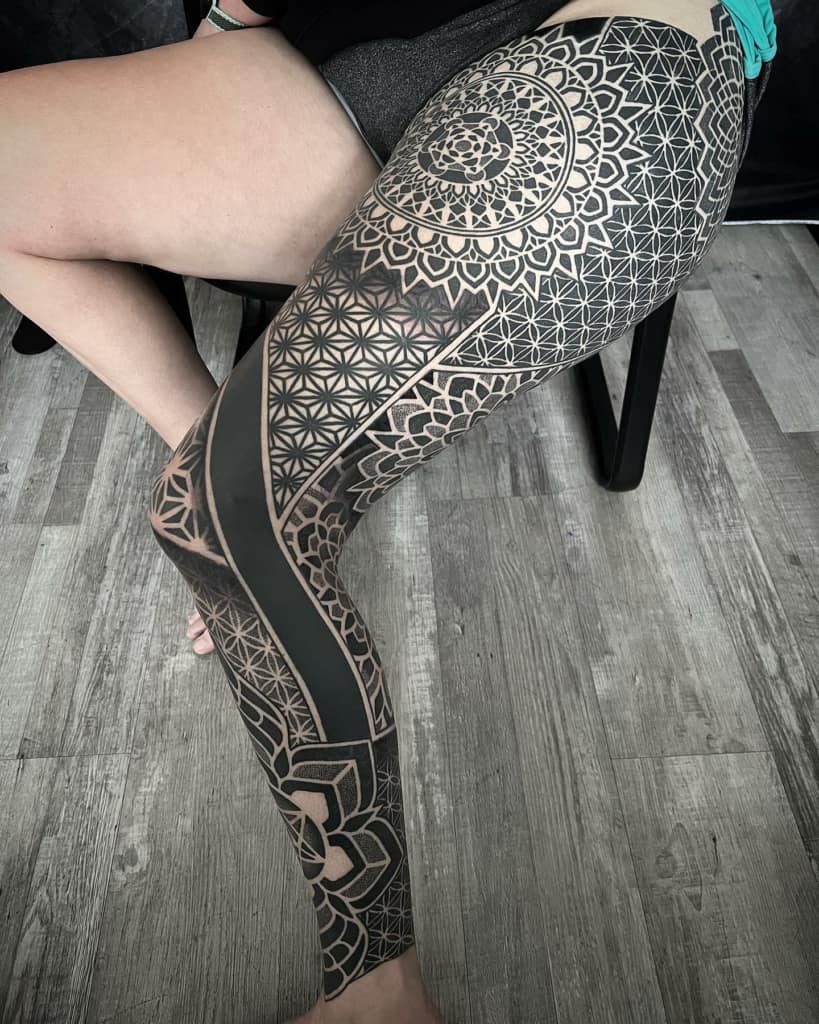
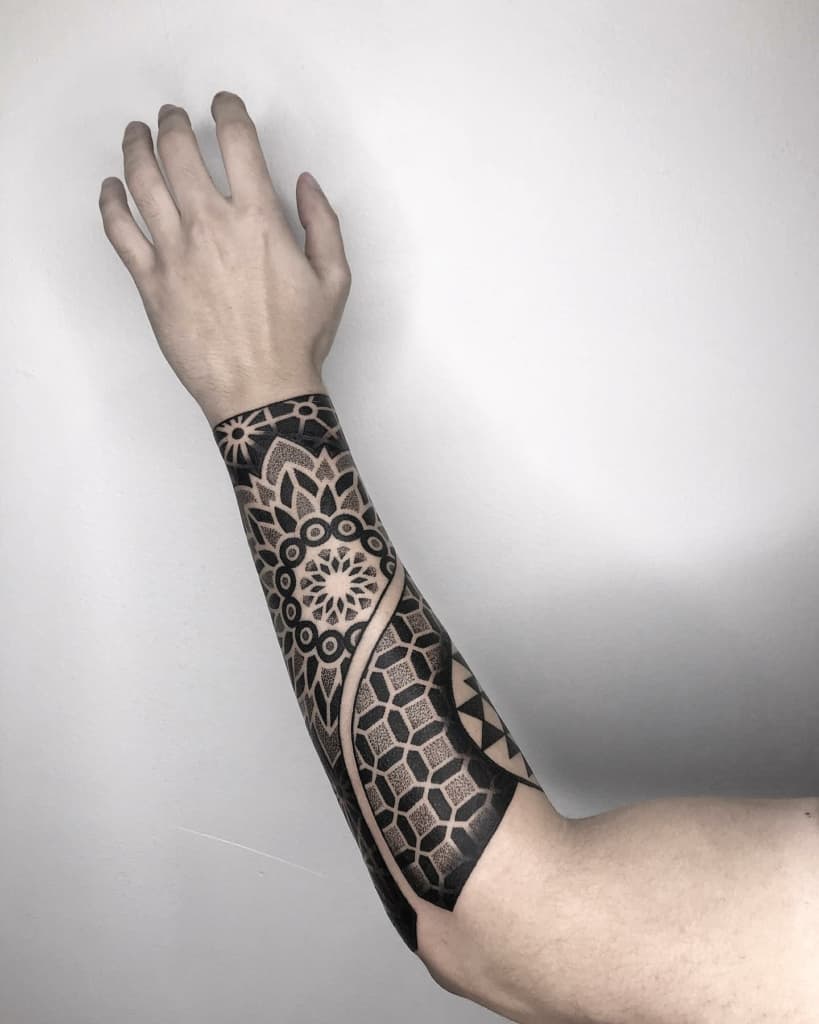
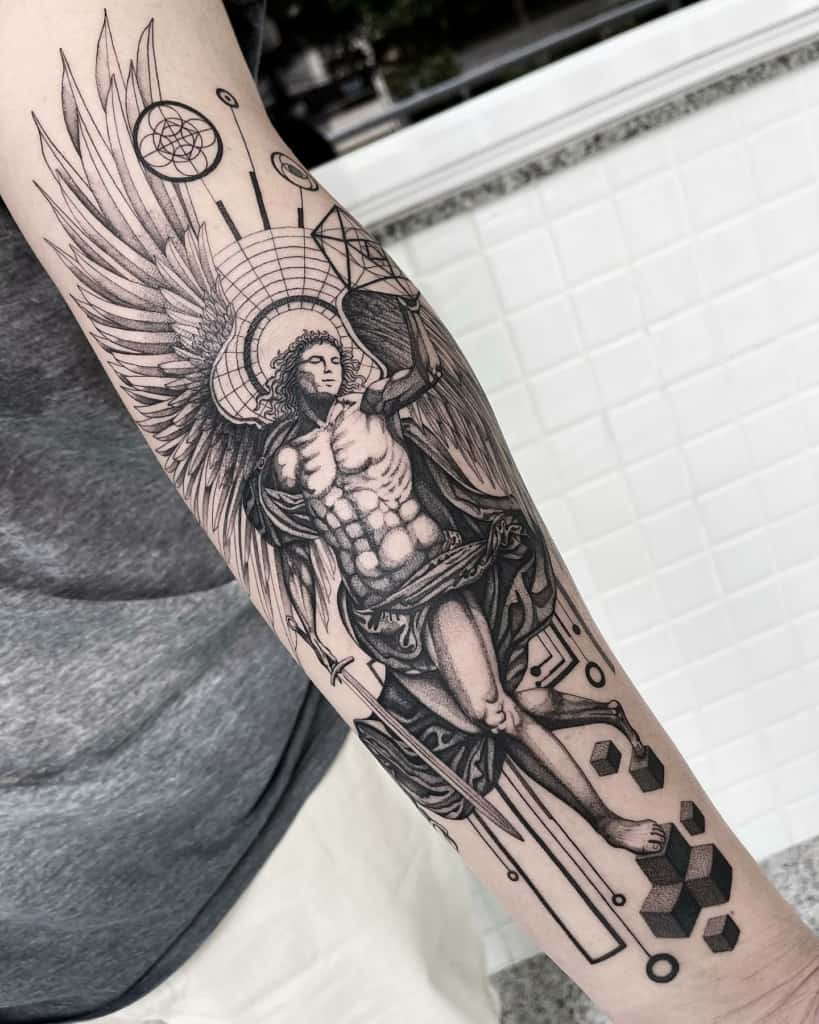
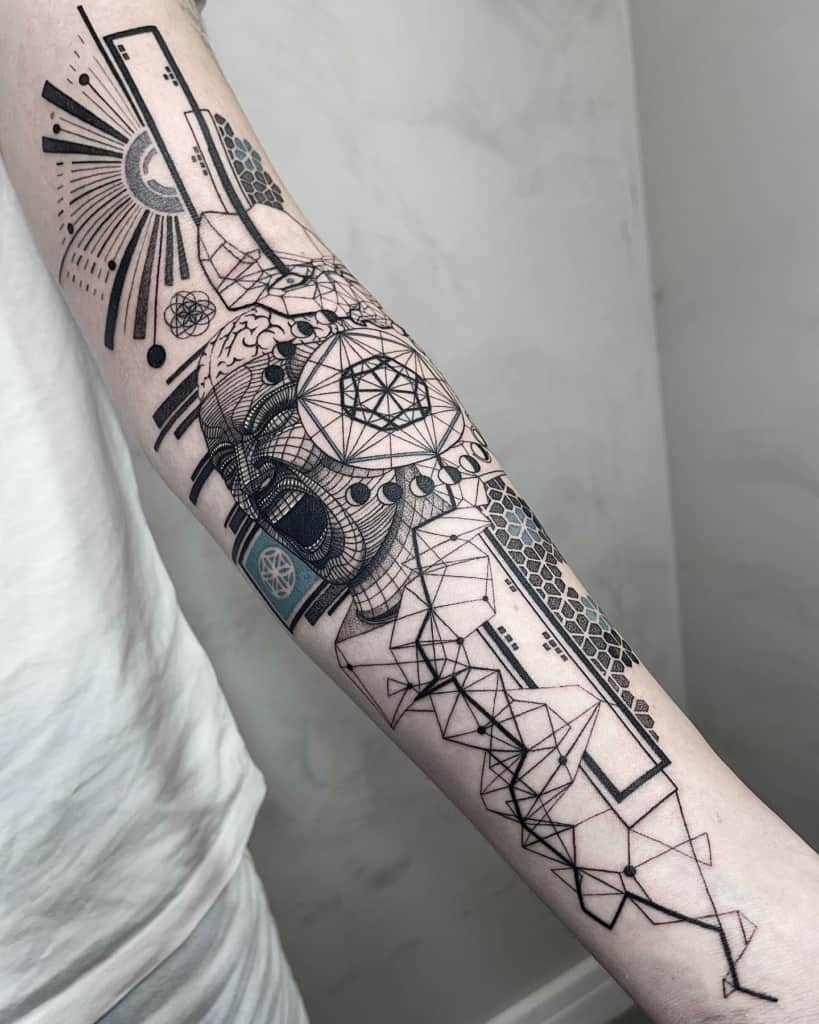
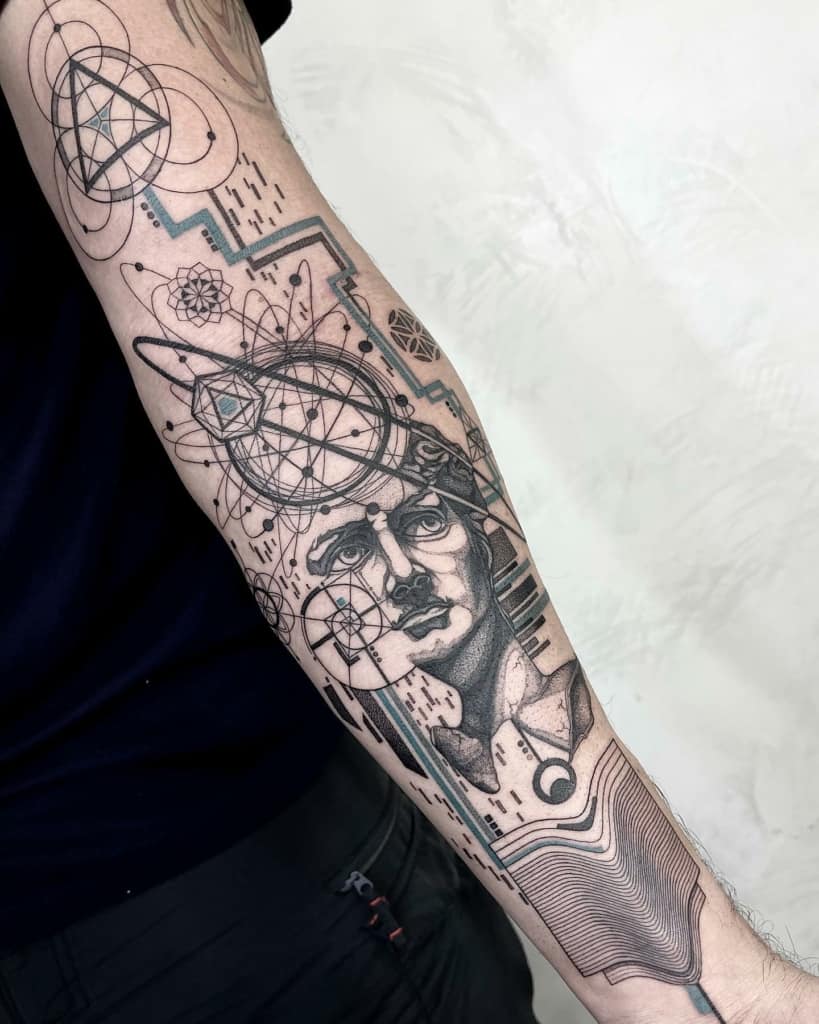
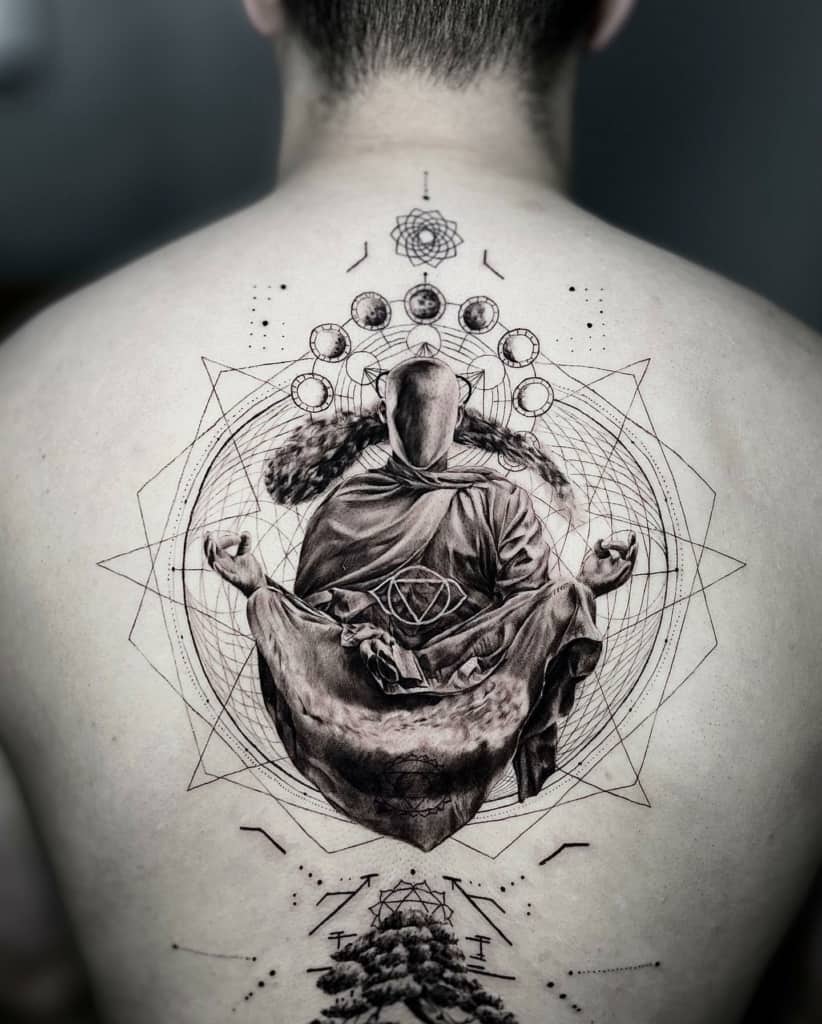

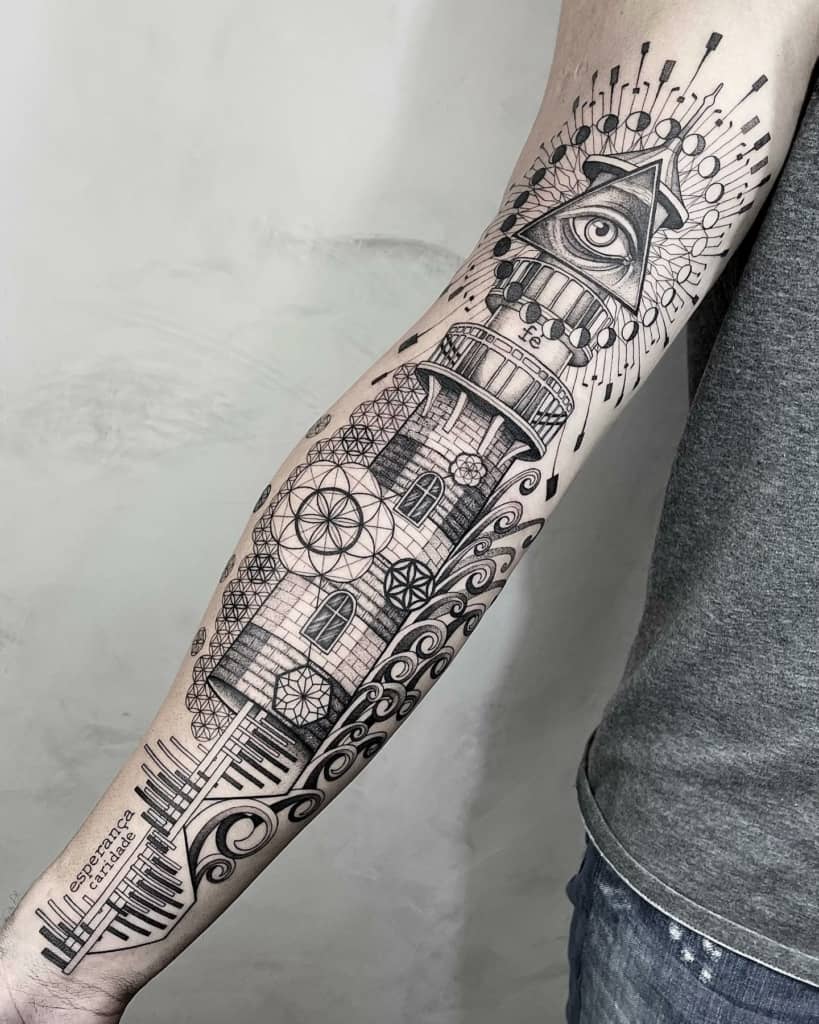
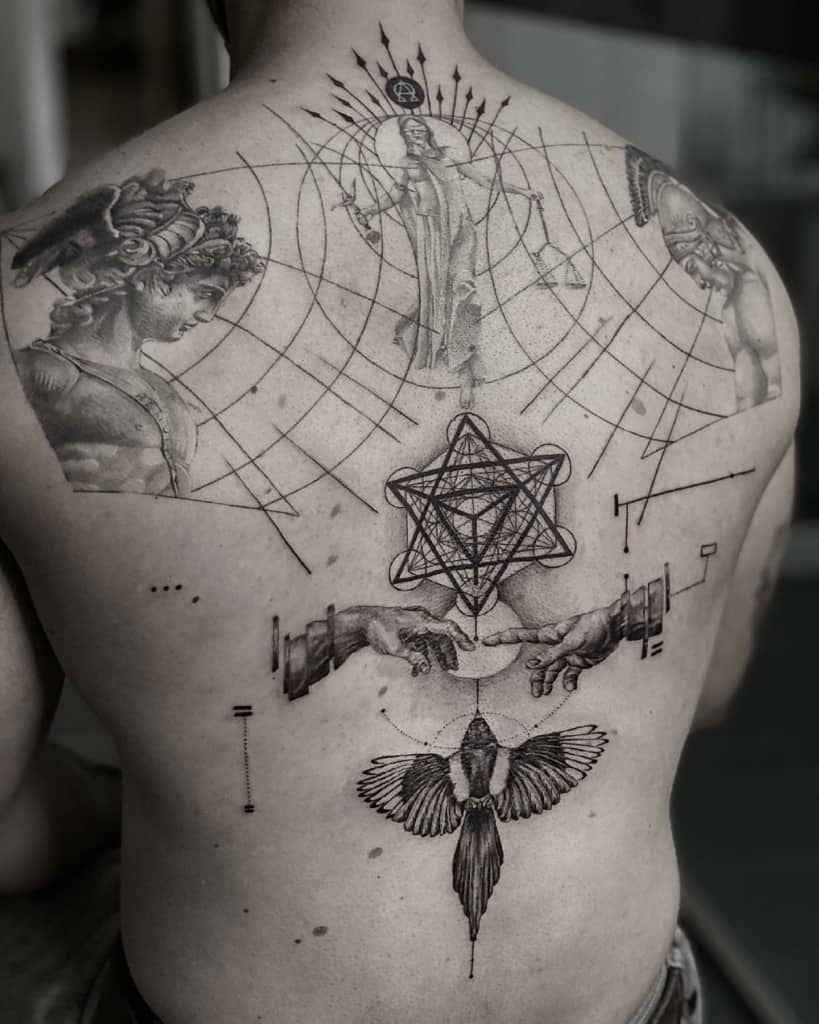

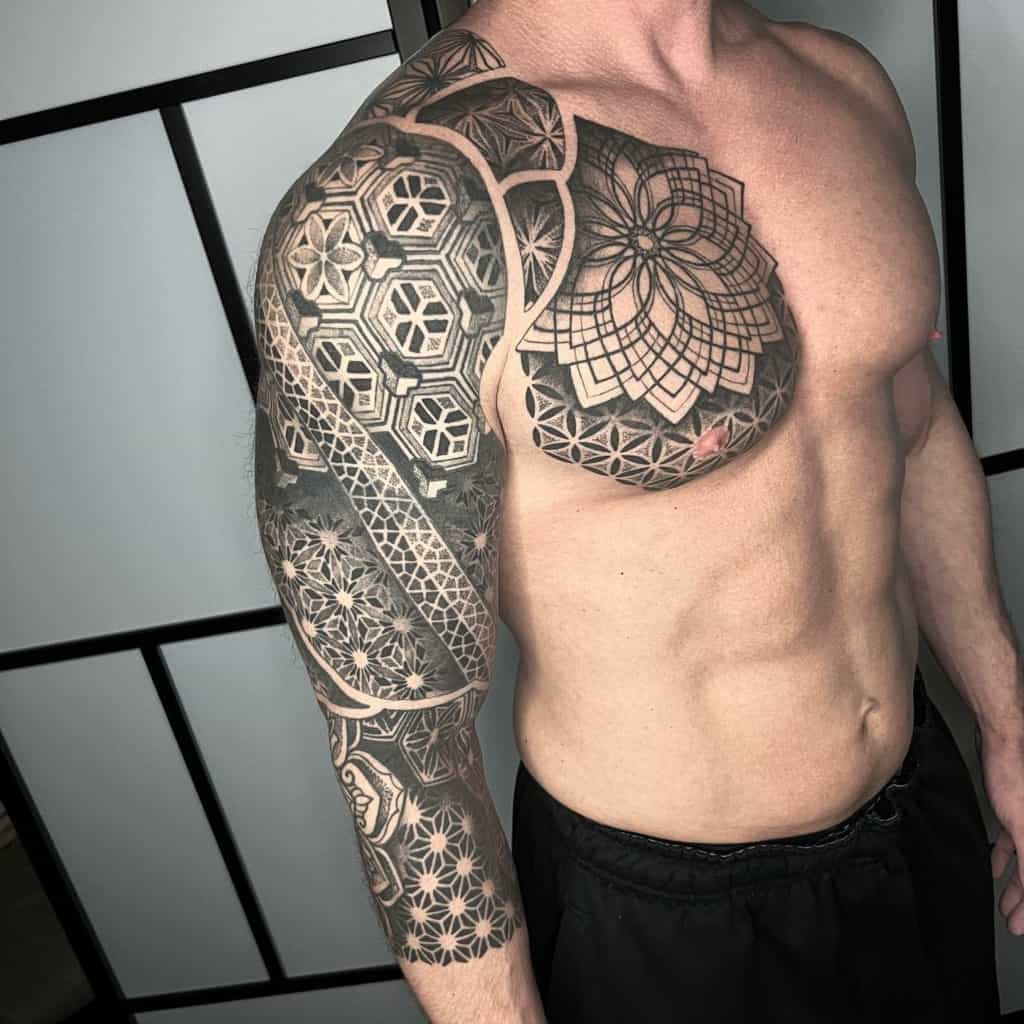
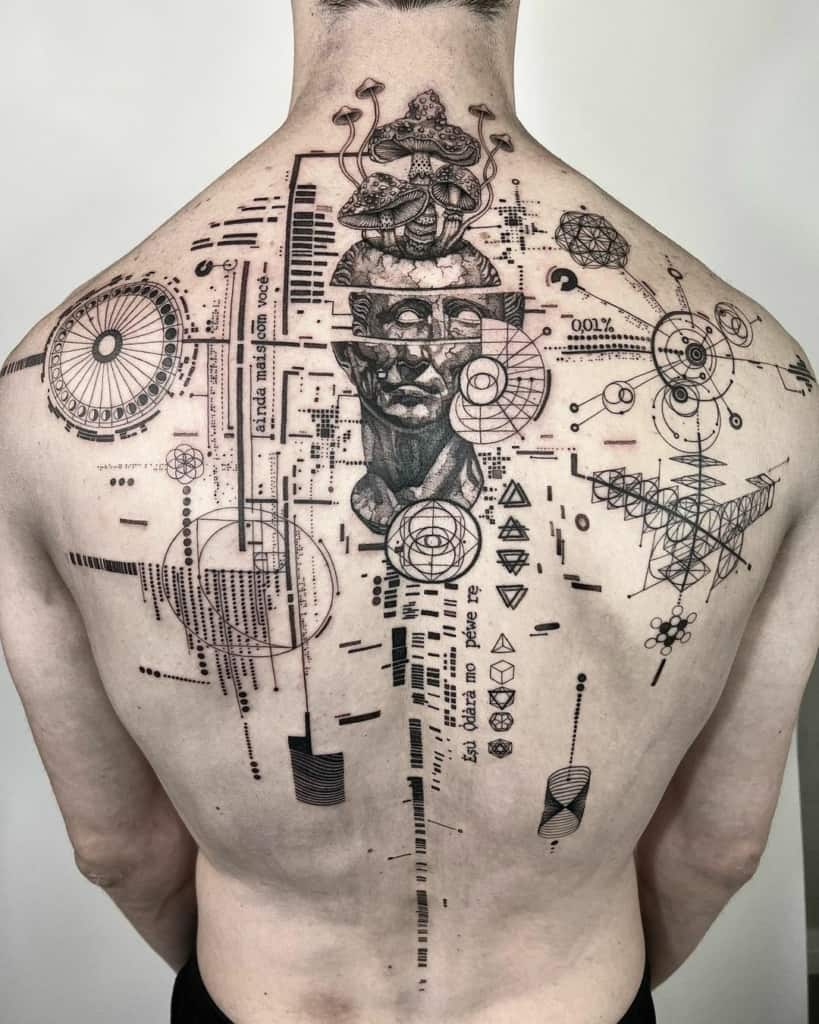

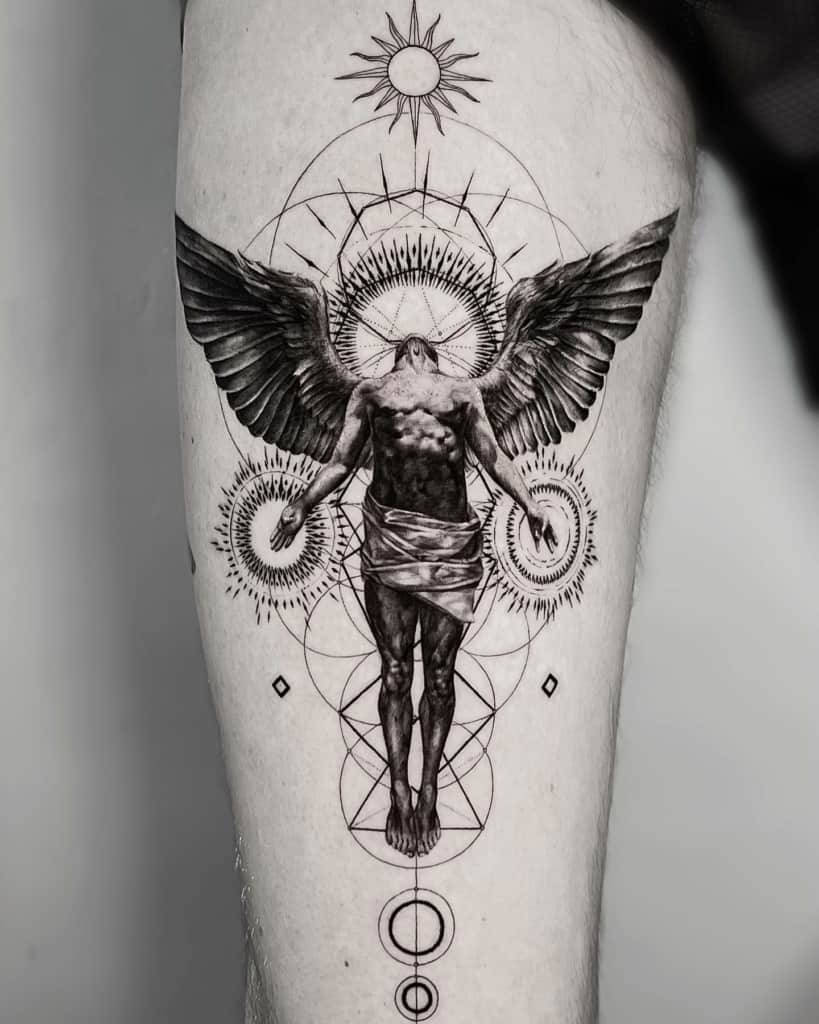
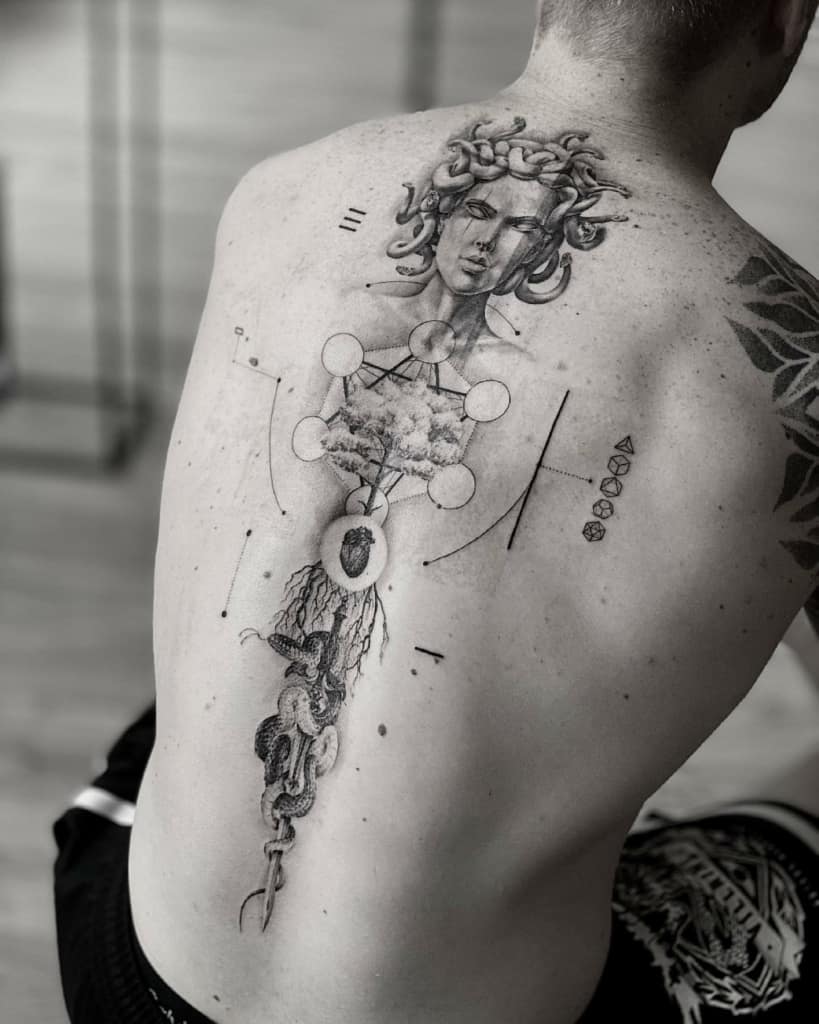
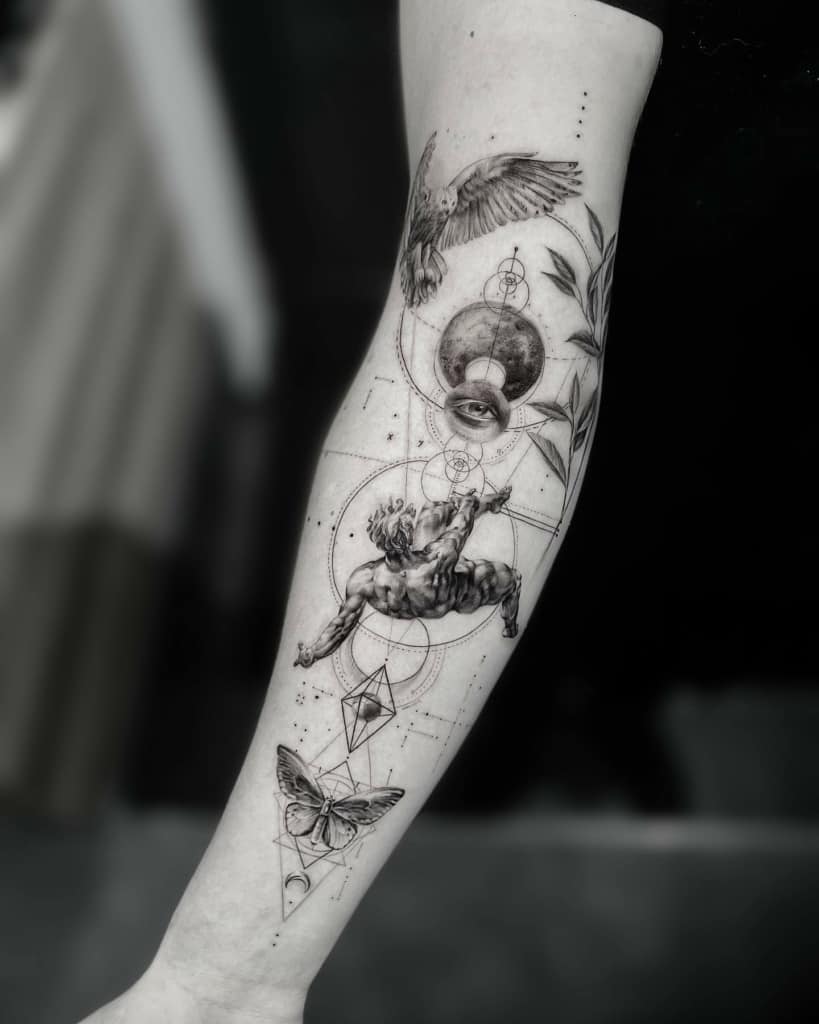
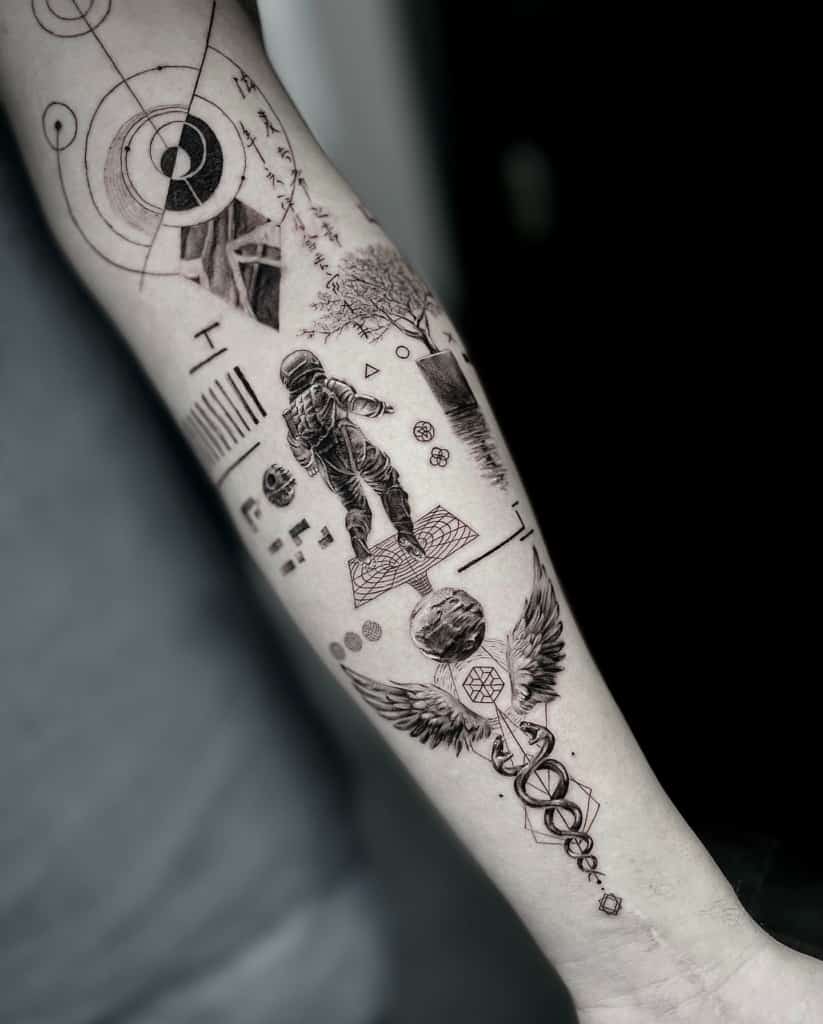


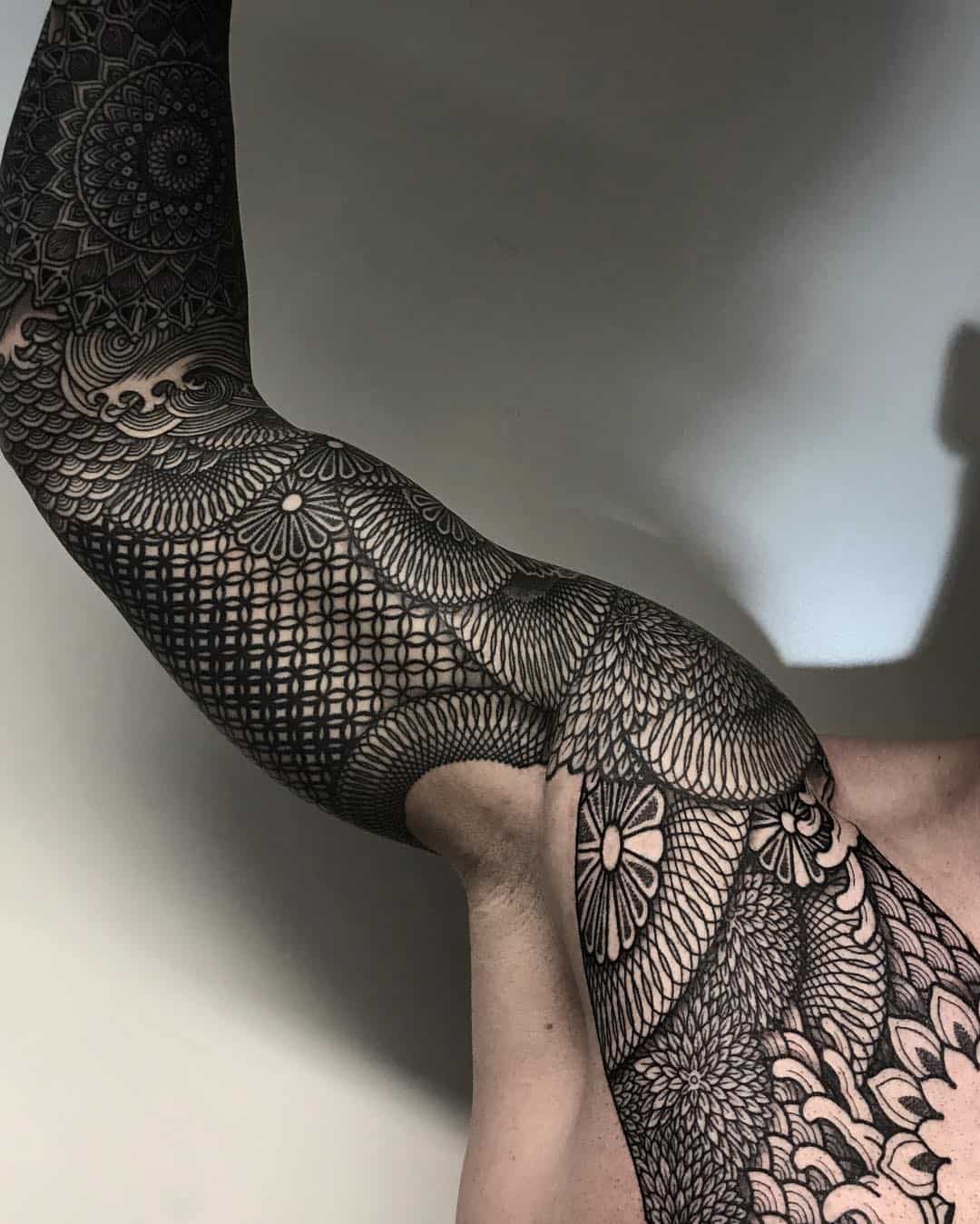

Leave a Comment